“It is a truth universally acknowledged,” Jane Austen might have said, “that Thorsten Overgaard is utterly besotted with the Leica 50mm f0.95 Noctilux lens.”
Anyone who’s ever seen or read Thorsten’s pages will know it, and will know why: the 50mm Noctilux, with its very wide f/0.95 aperture, focuses sharply — if you’re sharp enough to focus it — at whatever distance you choose, but everything else is blurred, nicely separating what you’ve focused on from its dreamily blurry surroundings — although you may have to use a bit of extra sharpening afterwards on your computer to get absolutely bitingly sharp definition.
That concentrates your attention. When you look at the results — on just the one thing, or person, which is crisp and sharp and makes the rest of the picture look as dreamy as, well, as a dream of buying a £9,500-lens (or perhaps £7,000 on Amazon) when you’ve still got payments to make on everything else.
That £9,500 Noctilux 50mm f/0.95 — let’s just call it f/1 — isn’t quite so special as you might think, though.
Just double its focal length to 100mm, and knock off two stops from f/1 (f/1.4, f/2) for an aperture of f/2, and you’ll have the same amount of background blur, but you’re now talking about the Leica-screw-thread Canon 100mm f/2 or the easily adaptable (for ‘live view’ cameras) Olympus 100mm f/2.
Incidentally, the current newest Canon version, in EOS SLR fit, costs only £454 new on Amazon UK as I write this (and £225 on eBay). But I’m actually talking about the older Leica screw-fit Canon lens, made for Canon’s copycat versions of the original pre-M, Barnack-style Leicas.
Some pretty Canon LTM (Leica Thread Mount) 100mm f/2 lenses are on eBay — as I write this — at £410 including a leather case and strap, but the normal eBay price, with no box or case, is about £250.
£9,500 divided by £250 is 38 — that’s one thirty-eighth of the price of a 50mm Noctilux. And can you tell the difference in these photos below? Look at the backgrounds in particular. One of them was taken with the Nocti, one with a screw-fit Canon 100mm f/2, and one with a screw-fit Canon 50mm f/1.2. Click on each pic to enlarge:
The above example was taken at 50mm at f/0.95 on ISO 400 XP2 Super, 1/500th, rangefinder focusing on Leica M3: a slightly ‘soft’ face, because the focus is a bit ‘off’, even with the high-accuracy M3 viewfinder. But film is more forgiving than digital, because the emulsion has some depth to it, and so can compensate for a little misfocusing. As a result, this is less off-focus than it would be on digital M cameras. Very pleasant appearance — looking similar to results from the infra-red-sensitive digital Leica M8. XP2 Super film, unlike other film or digital cameras, performs better with over-exposure, because it gives a finer-grained, more detailed result, without ‘whiting out’. This picture would have had even finer grain by overexposing it at, say, 1/250s.
By comparison (above), the old Leica-screw-thread Canon 50mm f/1.2 is slightly contrastier, similar shallow depth-of-field and bokeh, 1/250s. It’s a slightly grainier result, because, although using slower shutter speed, less light seems to have reached the film (..pause here for a discussion about why it should be grainier even though the same amount of light was supposedly captured, but it’s probably due to ‘mist’ in the lens reducing light transmission, and being further from the incoming light of Aperture’s shop window). Incidentally, the minimally-coated Canon works nicely on film but may give flare and poor-contrast on a digital sensor, because the shiny glass-covered sensor can reflect incoming light back into a poorly-coated lens, where it bounces around, with contrast-reducing results. Film, however, has a light-absorbent ‘anti-halation’ rear-side layer, which pretty-much prevents this.
Another comparison (above): Old Canon screw-fit 100mm f/2, 1/125s. It produces a similar out-of-focus background blur, nicely sharp and contrasty — but grainier still (the argument continues about why that should be, but to some extent due to the extra extension of the lens during close focusing, and being farther still from the window).
With an auto-exposure camera, like the M7, or a digital camera, this could be automatically compensated for, and the camera may choose a suitably slower shutter speed. Ilford confirms that XP2 Super uses ‘grainy’ silver technology when shooting. But the silver’s all removed during development/bleach/fix, and the negative is converted into its final dye image). Note that each of these three lenses gives a similarly blurred background bokeh: the 50mm Noctilux at f/0.95, the Canon 50mm at f/1.2, and the Canon 100mm at f/2.
So where’s the myth come from, that you have to pay £9,500 to get beautiful background blur?
Not thinking
It’s come from people not thinking. It’s come from believing that “I have to buy a 50mm f0.95 because I’ve seen pictures which show such gorgeous blur” and not thinking that “I could get a lens twice as long — 100mm — but two stops slower at f/2 and get the same results”. And I would pay only one thirty-eighth the price. Oh, and step back two paces.
“Ah, but I want to use the lens on my Leica, not on a Canon!” Yes, but that old Canon 100mm f/2 does fit a Leica. It was designed and built to fit on a Leica. “B-but it’s an old lens”. Mmm, so are those classic Dual-Range Summicrons. And so’s the terrific 1968 Leica three-element 90mm f/4. So’s the incredibly sharp re-issued collapsible Leica 50mm f/2.8 Elmar. We talk about “classic” lenses, and the Canon 100mm f/2 certainly is a classic.
The above image with the 50mm f/0.95 manual-focus £9,500 Noctilux is shot into the light, and focused with the Leica M10-P’s rangefinder. Plenty of contrast-destroying flare (light bouncing around inside the lens) and inaccurate rangefinder focus (see the magnified close-up below).
In the image below we see the manually-focused 50mm f/0.95, £450 Zhongyi Speedmaster ‘Dark Knight’ shot into the light, on a Sony A7RII. Plenty of contrast-destroying flare (light bouncing around inside the lens) but accurate focus (see the magnified close-up, bottom). Pretty-much otherwise indistinguishable from the Noctilux.
Auto-focused (below) — at equivalent to 50mm f/3.5 — small-sensor £150 Sony super-tele HX300 bridge camera with Zeiss-branded built-in zoom. Plenty of contrast-destroying flare (light bouncing around inside the lens) around the sky, but far better contrast (due to the smaller aperture and Zeiss ‘secret sauce’ lens coating) away from the sky in the foreground. Sharp focus, but ‘grainier’, blobbier results in the shadows (see magnified close-up) due to much smaller, less capable sensor and electronics.
A bit of portraiture
Then again, there’s the marvellous ‘bokeh-meister’ modern Olympus 75mm f1.8 for micro-four-thirds cameras, and the Canon 85mm f/1.2 for EOS (also available for Canon’s newest R cameras), and Canon’s terrific old FD breech-lock 58mm f/1.2. Now there’s a lens! These all give wonderful background blur, just like — or better than — Leica’s Noctilux.
Looking at some of those in a bit more detail:
The Olympus 75mm focal length is halfway between the Noctilux’s 50mm and the screw-fit Canon 100mm. With an aperture only one stop slower than the Nocti — because it has a 50% greater focal length than the Leica lens — it’ would give similar out-of-focus background blur with an aperture of f/1.4. Let’s see which of these pics is from the 50mm Nocti at its widest aperture of f/0.95 (call it f1), and which is from the Olympus 75mm at its widest aperture of f1.8 … and which is from the Canon EOS 85mm at f/1.2, the wedding photographers’ ‘Jesus lens’. (Click on each of them for larger)
Above: The Olympus 75mm f1.8 on Olympus E-M1 camera ..a bit too bitingly sharp?
Now the Leica Noctilux (above), rangefinder-focused on M10-P . Inaccurate RF focusing; it really needs the Visoflex EVF or live view instead. (Although intended focus was on the nose and glasses, only the earrings, beyond, are reasonably sharp because of rangefinder inaccuracy.)
Above, the Canon EOS 85mm f/1.2 on Canon R. Similarly blurred background to the other two (but notice the really shallow depth-of-field on the farther shoulder). With a greater focal length than the Nocti, the 85’s slightly smaller aperture of f/1.2 nevertheless gives about the same fuzziness as the blur of f/1, or f/0.95, with a 50mm lens.
So, it isn’t just an f/0.95 lens which gives ‘creamy’ dissolving backgrounds. It’s a combination of focal length (the longer the better) and relatively wide aperture (the wider the better).
The Olympus 75mm f/1.8, incidentally, costs new, as I write this, $750 US or about £645 on Amazon UK.
£9,500 divided by 645 = about 14-and-a-bit, so the punchy, contrasty, extremely-fine (too-much detail, perhaps?) Olympus costs about one-fourteenth the price of the Noctilux.
I know it’s not all about price, and I know you’re not going to put an Olympus micro-four-thirds lens on a ‘full-frame’ Leica, but here’s what I’m pointing out. I’m trying to wean you off thinking that the Nocti is the only lens to give you lovely bokeh blur, and I’m trying to wean you off thinking that you have to pay £9,500 for that look, because you don’t.
The current new price, by the way, for the Canon wedding photographers’ 85mm f/1.2? Amazon says about £1,400 or less. The even newer ‘RF’ version for Canon’s latest, silent mirrorless R full-frame cameras is £2,266 on Amazon UK, but the older EOS version works perfectly well (see photo above) with Canon’s EOS-to-R adaptor.
Trees company
In the above image, the Leica 50mm f/2 Apo-Summicron offers a smaller maximum aperture, so provides slightly greater depth-of-field than the f/0.95 Noctilux, thus the tree and cars look slightly sharper and less blurry than with the Noctilux photograph. There is less bokeh, but look at the sharpness of those glasses — see magnified version below — and the teeth.
Now for the Noctilux at f/0.95, best focus with the external off-the-sensor-sensing Visoflex electronic viewfinder on M10-P. Blurrier tree, but not quite such sharp and detailed glasses frames.
The Noctilux at f/0.95 again, but auto-focused with a Techart adaptor on a Sony A7RMkII. It’s no sharper (after all, same lens, same aperture) but much faster focusing.
Above, the Zhongyi Speedmaster 50mm f/0.95 on Sony A7RMkII: almost identical result to the Noctilux; maybe the glasses are a teeny bit sharper — see the magnified version.

Leica myth
Why get hung up on the Leica myth? Everyone nowadays makes aspherical lenses, so just because a Leica lens has the magical ‘ASPH.’ on the lens bezel, that doesn’t mean that other makers’ lenses aren’t aspherical (to be sharp right out to the frame edges). Kodak made aspherical lenses for their dinky little Disc cameras back in, er, 1980 — forty years ago.
Just because one breakfast cereal company prints “0% Mercury” on its packaging doesn’t mean that all other cornflakes do contain mercury. If one lens maker advertises that theirs are “100% Actual Glass”, does that mean that others’ lenses aren’t? And do you then start worrying that your own lenses are plastic? And why should that be a worry anyway?
Just because a lens has the magical ‘f/0.95’ on it doesn’t mean that it doesn’t have vignetting, or that it really provides twice the aperture of f/1.4, or that it’s free from colour aberrations, or that it actually can be focused using a rangefinder. From Leica’s own technical data sheet, the 50mm Nocti vignettes (reduces light at the corners of the frame) by about eighty-five per cent of the central brightness when it’s used at f/0.95 .
It is difficult to see it on this graph from Leica, because they’ve used such terribly faint dots to reveal — or hide? — that diagonal line running from 100% transmission at top-left down to about 15% at the lower right edge of the diagram (where it’s marked ‘0.95’). I’ve even enhanced the diagram slightly so that you can just about see it. So you get something like f/0.95 light transmission only at the very centre of your photo at f/0.95 and get only about one-sixth of that at the edges. Sorry. And you’ve paid £9,500 for that.
Deerstalking
Above, Noctilux deer photo; look at the severe darkening at the lower corners (you can’t see the darkening at the upper corners, as the light’s so very bright there). Below is an enlargement of the central animal from photo above; not as sharp as one would hope from a £9,500 lens, even though focused through the bulky, bulbous, awkward-but-accurate, afterthought Visoflex add-on electronic finder.
Above, the same image, but with focus improved, using Topaz Labs’ ‘Sharpen AI’ program — not for any sharpening, but for its focus adjustment! Look at those horns now!
Above is a similar shot with Leica 50mm f/2 Apo-Summicron lens. There is no extra focusing done afterwards, straight out of the camera. (But that’s not surprising when you look at Leica’s MTF charts for the Noctilux and for the 50mm Apo, below.)
Above, the old Canon 58mm f/1.2. Now that’s what I call sharp and contrasty, and background-blurry!
Above: Similar, but unadjusted shot with Olympus OM 100mm f/2 (on a cheap n’ cheerful ‘K&F Concept’ OM-to-Leica-M-mount adaptor), focused through M10-P add-on ‘Visoflex’ electronic finder.
Above, the MTF charts at widest apertures for the 50mm f/0.95 Noctilux (left) and the 50mm f/2 Apo-Summicron (right). The nearer the line is to the top of the chart, the sharper and more contrasty the image will appear.
Of course, digital Leicas automatically adjust the edge brightness (somewhat) using in-camera software to brighten-up dark corners. That’s one of the reasons for those 6-bit codes on modern Leica lenses. But you don’t get that extra brightening when you use a Noctilux on a film camera, of course. It doesn’t have the electronics inside to correct peripheral light fall-off. Making the photo look bright right across the picture at f/0.95 is done with a digital camera’s electronics; not with the glass which you’ve just paid for.
And we haven’t even talked about the venerable, and distinguished, and inexpensive, beautiful background blur, Leica-screw-mount Nikkor 105mm f/2.5.
Perfect unmatch
I borrowed a friend’s Noctilux for these photos, and used it on my M10-P and M9 and M7 and M3. And it didn’t focus accurately using the rangefinder on any of them. It worked best on the M3, because the old 1954 M3 has the highest-magnification viewfinder of all of them, which made it a bit easier to see whether it was — approximately — in focus, or not.
A few years ago I’d had to send back my then-new M9 to Leica at Solms twice to get it adjusted to match my lenses — because sometimes a rangefinder camera and rangefinder lenses just do not mechanically match up properly (the travel of the in-lens focusing cam and the travel of the separate focusing cam which is inside the camera may not be quite in sync; that’s been an interchangeable-lens rangefinder problem since the beginning) and the wider the lens aperture (and longer the focal length) the more accurate that focus-matching needs to be.
That’s why the Leica 135mm f/2.8 lens comes, or came, with its own magnification goggles, to help get really accurate focusing, and why the original (film) Leica CL wasn’t meant to be used with anything longer — or with a wider aperture — than its 90mm f/4 lens. Sharp rangefinder focus could not be guaranteed beyond those parameters.
Daffodils
Above: Wilting flower bouquet — I mean ‘bokeh’ — from the £9,500 Noctilux at f/0.95
Darn it; can’t focus it precisely with my (accurate) M10-P rangefinder.
Ditto, above, £9,500 but better focused with the £400 add-on Type 020 Live View Visoflex in (just about) focus. Total of lens plus EVF: £9,900 (not including the camera). Of course, the EVF might not be needed if the lens and camera were correctly matched together, at Wetzlar, for about £350.
Above: Same again, but with the £450 Chinese Zhongyi Speedmaster 50mm f/0.95. It’s slightly sharper than the Noctilux at this aperture and distance. Otherwise it’s indistinguishable. That’s £9,050 indistinguishable.
Above: Identical bokeh, but shot with the smaller, lighter £800-£900 Voigtländer 75mm f/1.5. I couldn’t move further back; I was stuck against the wall. Identical to the Noctilux and Speedmaster bokeh.
Above, encore, but with Canon’s excellent old £300 FD-mount 58mm f/1.2, plus a £130 Novoflex Canon-FD-to-Sony-FE adaptor on a Sony A7S. (My Canon-FD-to-Leica-M adaptor hadn’t yet arrived): more contrasty, and a slightly cheaper and much lighter option than the 50mm f/0.95 Speedmaster. Slightly more pronounced ‘rings’ around distant out-of-focus highlights, though.
Same again, but with a current Canon EOS 50mm f/1.2. It’s the sharpest overall focus of this bunch of lenses but less with yellow saturation than the others, I reckon, and so the flowers don’t stand out so much from their background, even though saturation was turned up two notches, as on the other cameras, on this Canon R.
Incompatibilities
I have to report that this gorgeous 50mm f/0.95 Noctilux does not focus accurately using the rangefinder of my factory-adjusted digital M cameras; and not even with the 85%-lifesize finder of my (film) M7, nor with the 90%-lifesize (film) M3 finder. Of course, it may focus perfectly on my friend’s own M camera(s), but I didn’t try it on his.
To try to get perfect focus I used the Nocti with Leica’s straight-off-the-sensor live view on the rear of the digital M10-P, and also with the add-on eye-level electronic Visoflex finder. With those, you get focus peaking — sharp coloured outlines on in-focus edges — and you can also get a really magnified close-up view, too, straight off the sensor, for — supposedly — even better accuracy. Except that with no built-in stabilisation, the magnified view bounces around in the electronic finder (and on the live-view rear screen) making it almost impossible to focus accurately at all, because camera-shake is magnified as well as the view which the lens sees!
So this is not really a fair revue of the Noctilux — without sending it back to Wetzlar with the camera(s) which it’s going to be used on to have the lens and camera(s) properly matched to each other. My cameras have already been adjusted, so I don’t want them fiddled with yet again, as they’re now set up to match my own various lenses (50mm, 75mm, 90mm). That’s the problem with traditional mechanically-geared rangefinders. They can get nudged out of sync or may not even focus perfectly when new straight out of the box.
I do like to be beside the seaside 🎵
Above: Noctilux at the seaside, f/0.95, focused with the M10-P rangefinder: a blurry mess. Notice the vignetting?
Above: Noctilux at f/0.95, but focused through the Visoflex off-the-sensor EVF: the best the lens can do wide open. Central people magnified.
Above, Noctilux at f/2 with the Visoflex — now that’s looking better. Crispness and contrast at last. Almost-central people, magnified.
The much smaller Leica 50mm f/2 Apochromatic: crisp, sharp and very contrasty at its widest aperture, but some vignetting, too, at its maximum aperture; rangefinder focus (there’s nothing the matter with my rangefinder itself), central people and dog.
Above: Voigtländer 75mm f/1.5 wide open, rangefinder focusing: crisp and sharp; not quite as much contrast as the other lenses deliver at f/2, but pretty close.
Just for comparison (above), a modern Canon 100mm f/2 at f/2 on Canon R. Now that’s what I call crisp and sharp, and note that the blurred owl sculpture at the centre has the same bokeh blur as the 75mm gives at f/1.5 and the 50mm at f/0.95. All these were shot at ISO 200 and 1/4000s, except this photo which was shot at ISO 100 and 1/2000s.
Best of the bunch
Years ago, when I first compared a 50mm f/0.95 Noctilux to a 50mm f/1.4 Summilux, I preferred the f/1.4. At average portrait distances, the smaller, lighter 1.4 kept nose, eyes and back of the head all in focus, whereas the wider 0.95 aperture meant that you could have nose and/or eyes and/or back of the head in sharp focus, but not all three. So the back of the head tended to be blurry, and blend in with the background instead of separating from it.
In Thorsten’s very sharp Noctilux photos, though, he tends to shoot sharply outlined people at greater than head-and-shoulders distances, and he tends to shoot three photos as a burst, and then choose the sharpest of the three and adjust that with software (and I have no idea what he does about cropping his photos). So we see sharp results. But I think, like most people, he tends to show only the sharp results . Who knew that Cartier-Bresson regularly shot several almost identical pictures and then chose, of those, just the one he preferred, until the Magnum book of his contact sheets was published? (So much for his — so-called, in translation — ‘decisive moment’.)
What I’m saying is that the ‘hit rate’ with a Noctilux is pretty low. Yet we generally see, online and elsewhere, only successful, accurately-focused results, because almost no-one publishes their missed-focus, out-of-focus, blurry failures. People display their successes, not their failures. So although all the Noctilux photos which we see in books or online do look nice and sharp and crisp and well separated from their backgrounds, there is no easy way of knowing how many unseen and ‘failed’ Noctilux photos there are which are blurry, unsharp, full of flare, and generally unsatisfactory. .Going by published results doesn’t mean a thing: what about all the unpublished results?
Above: Leica M9, unknown lens — probably an old screw-fit Canon.
The super-wide aperture of the 50mm f/0.95 Noctilux would have been relevant in film days — when the widest possible apertures let you shoot in extremely dim light (see the first pics at the top of this article). But with the very high ISO capabilities of current digital cameras it is really rather pointless, except for bragging rights, or as a possible investment, to sell at a higher price in ten or twenty years’ time.
It’s as if Dunlop (are they still around?) now make the world’s most expensive, and pretty good, car tyre (tire) inner tubes. But they’re an irrelevance, because nowadays we all drive tubeless.
A properly-adjusted Noctilux may be a good buy (but a Speedmaster is better value) if you shoot film in low light. With modern digital cameras, though, the camera will handle the low light, so paying extra for an f/0.95 aperture doesn’t make much sense. Use a smaller, cheaper, lighter 75mm f/1.5 or a 100mm f/2 instead.
Cost factor
Notice that with those seaside pictures, above, even though the Noctilux is correctly focused (using the add-on electronic live viewfinder on the M10) it still gives some blurry blue edges in the widest-aperture shots. It’s an ‘aspherical’ lens (for better sharpness right to the edges of the frame) but it’s not an ‘apochromatic’ lens, for focusing all colours at the same plane. Its designer, Peter Karbe, says in one of Thorsten’s interviews, that the lens’s blue or purple fringing hasn’t been eliminated at its widest apertures because that would have cost much much more. But the whole point of buying it is to use it at its widest apertures.
So the more modest-aperture f/1.5 and f/2 lenses here give far better results, especially when pointing towards the light, than the Nocti does. Sorry, but that’s the way it is. (Blue edges can easily be removed, of course, with most photo-editing programs, but they’re not automatically removed within Leica cameras, as, say, Nikon does it.)
My advice
My advice when buying a lens, and to get the ‘creamiest’ background – or foreground – with a 50mm, is to buy a cheap Canon EOS camera, buy a Canon 50mm f/1.2, and then carefully tear up and throw away seven and a half thousand pounds.
If you really need a 50mm with delicious blur for a full-frame modern Leica, then buy an old, clean, Leica-fit 100mm f/2 Canon lens, or (only if your Leica has live view, as there’s no rangefinder cam in the old Olympus 100mm OM lens), the brilliant 100mm f/2 Olympus OM lens and a £30 Leica-screw-to-M-bayonet or OM-to-M adaptor ring. And then – very, very carefully – tear up into very, very small pieces, and then put in the dustbin, eight and a half thousand pounds.
The smaller and neater the pieces which you tear the money into, the better will be the beautiful bokeh blur. I absolutely promise. Some people just don’t understand that it’s all in the tearing. The precision and dedication with which you tear up the money will make your background blur all the more spectacular!
That’s the essence of photography; take your time, think very carefully about what you’re doing, and then tear up the money very, very, slowly.
A little bit at the end…
Yes, I do realise that a lot of work, money and research went into designing — and manufacturing — the 50mm Noctilux f/0.95. Yes, I do realise that it has exotic glass inside and that producing aspherical elements isn’t as run-of-the-mill as just polishing ‘spherical’ glass blanks. I do know that the Nocti is expensive to make. I do realise that they’re hand-assembled, and it’s the centring of each element that’s so important, and that each one is tested before boxing and shipping.
I do know that their anti-reflection lens coating is far more capable than that of the old Canon screw-fit lenses. But what I’m saying is don’t get hung up on the mythical properties and supposed magic of the Noctilux. Advertising and PR is all about convincing people of the desirability of some product or other, but never mentioning its shortcomings.
I’m saying, “look around, see what else will give you pretty much similar results”. Don’t be blinded by the PR effulgences because there is more than one way to skin a cat. Or, for that matter, to take blurry-background pictures.
This article is very much an opinion piece and, of course, you may have a completely different view on the rôle of expensive lenses such as the Noctilux. I’d like to hear them and will respond robustly, as usual. I accept that the Noctilux is more akin to a high-end Swiss Watch in its appeal. It’s expensive and desirable as a luxury item. While I can argue that a humble Casio will do the same job not everyone will be convinced. So let’s hear your views.
More articles on Macfilos by David Babsky
More on the Leica Noctilux


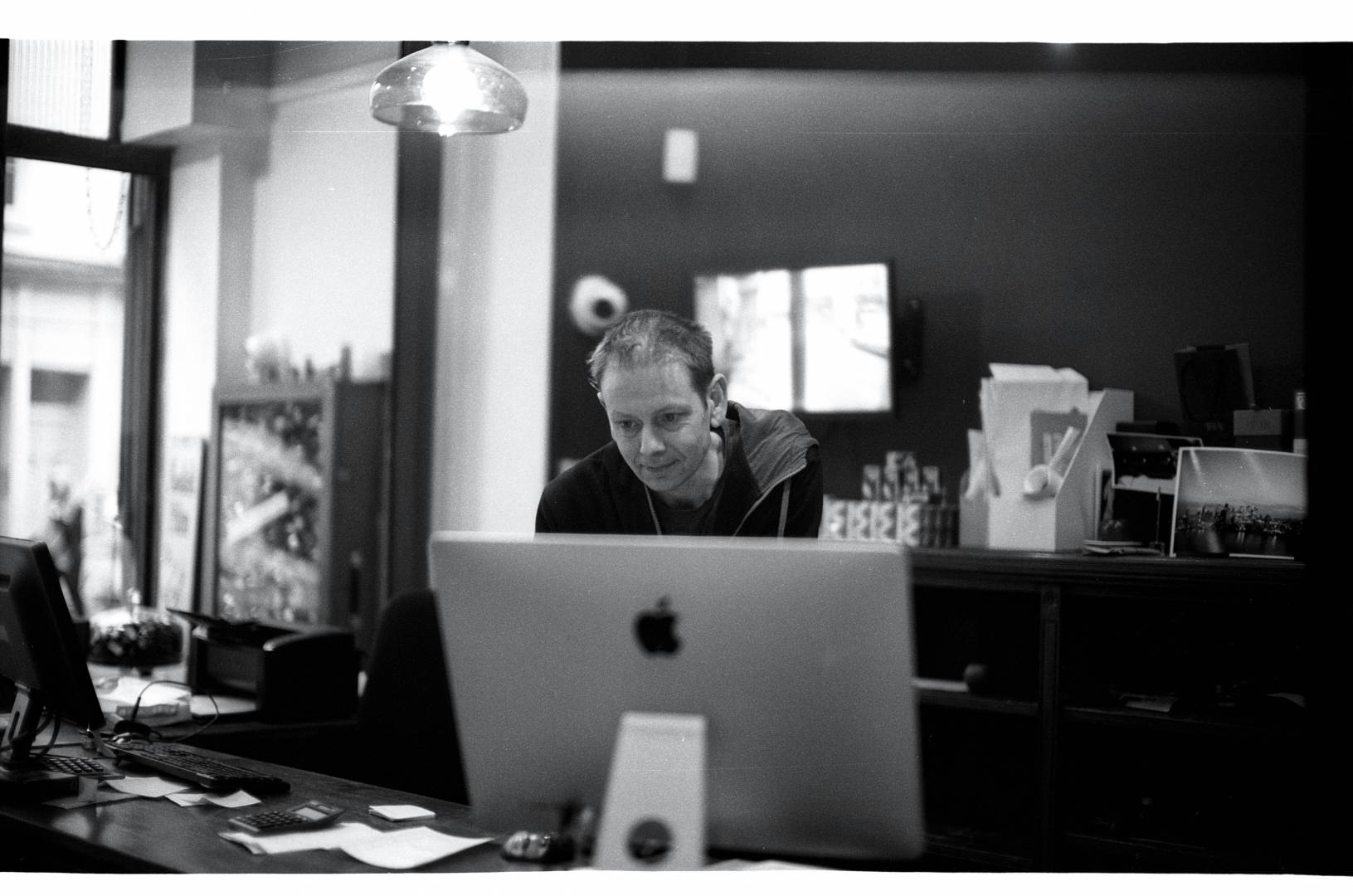
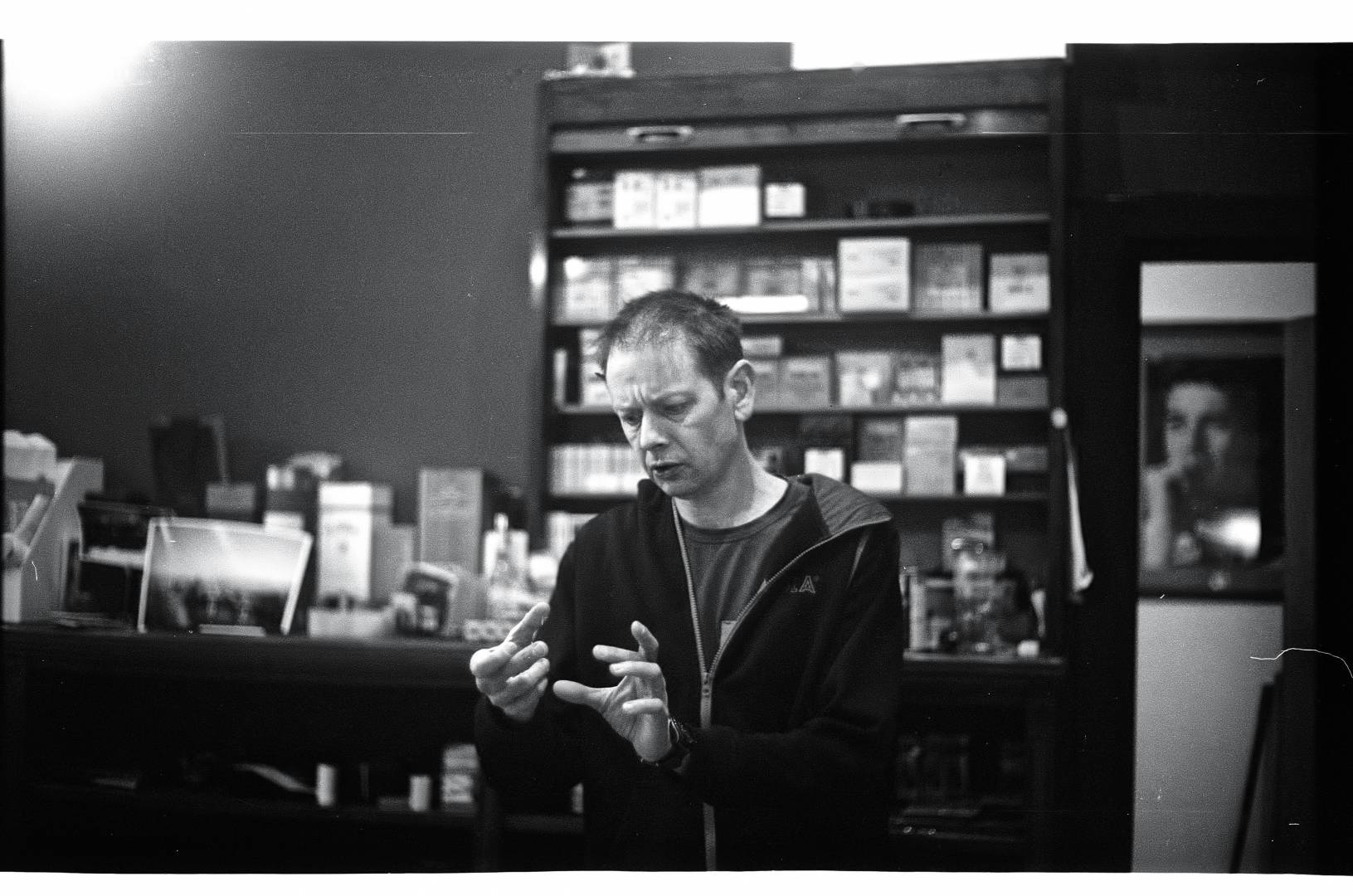
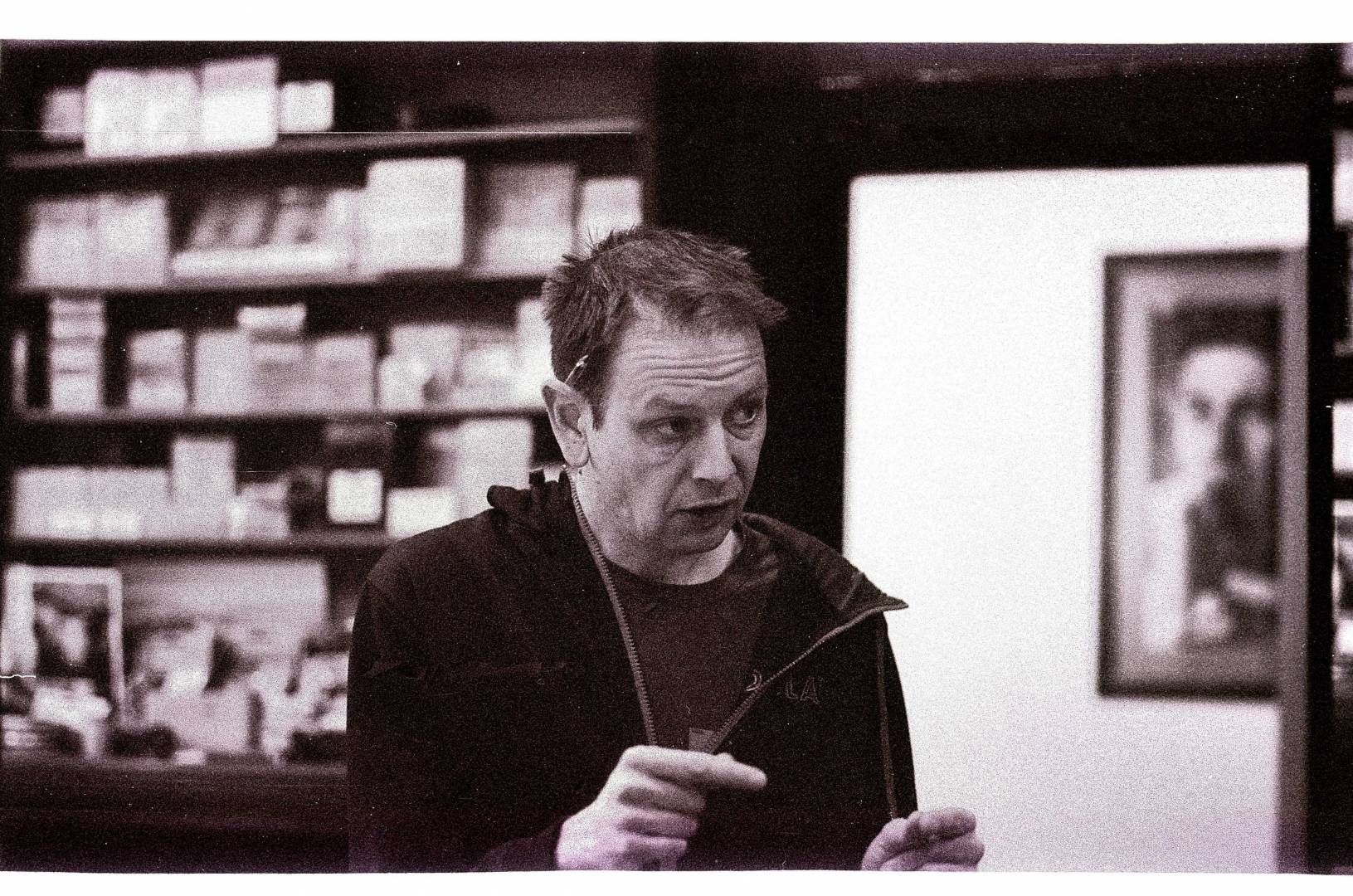
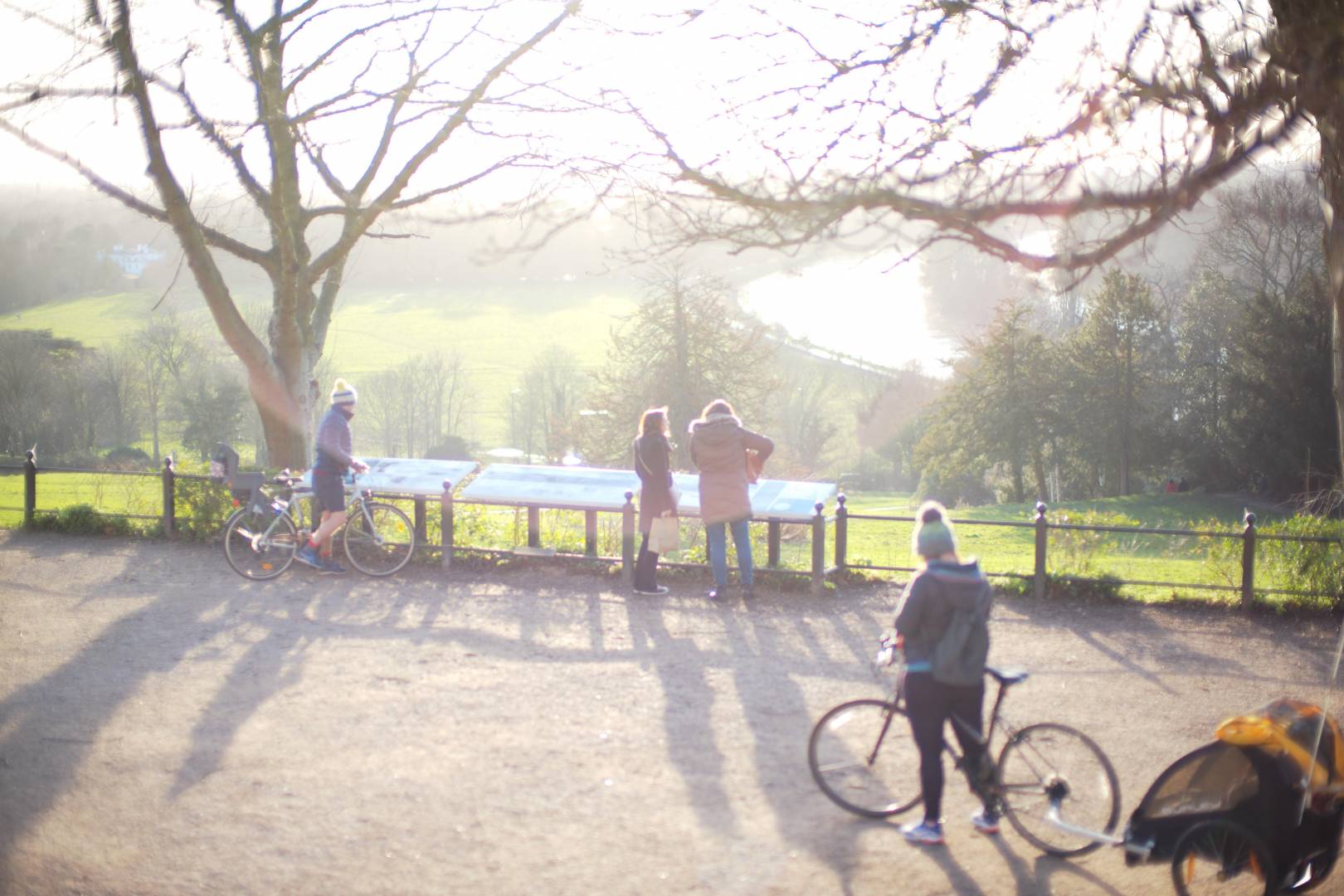
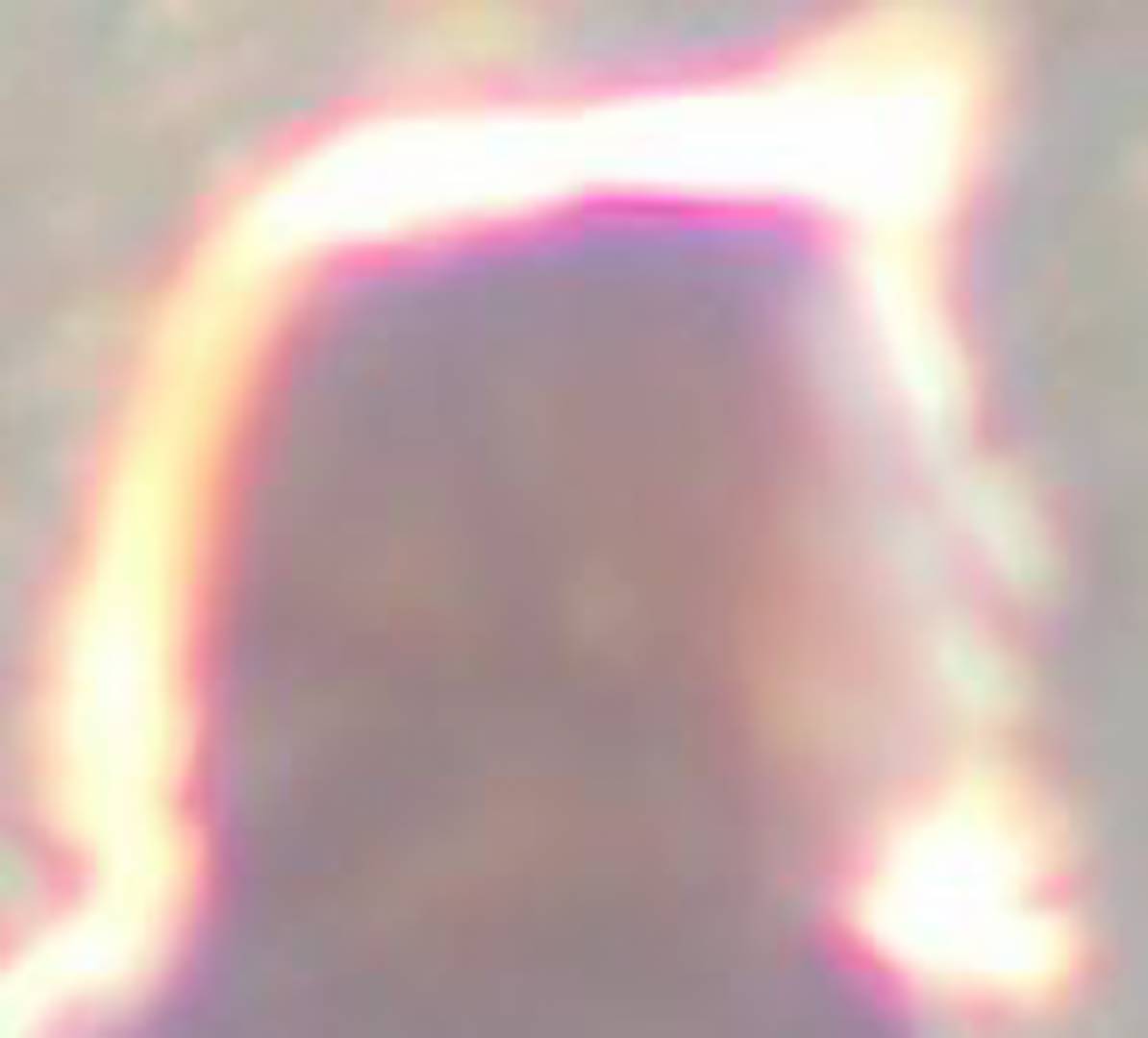
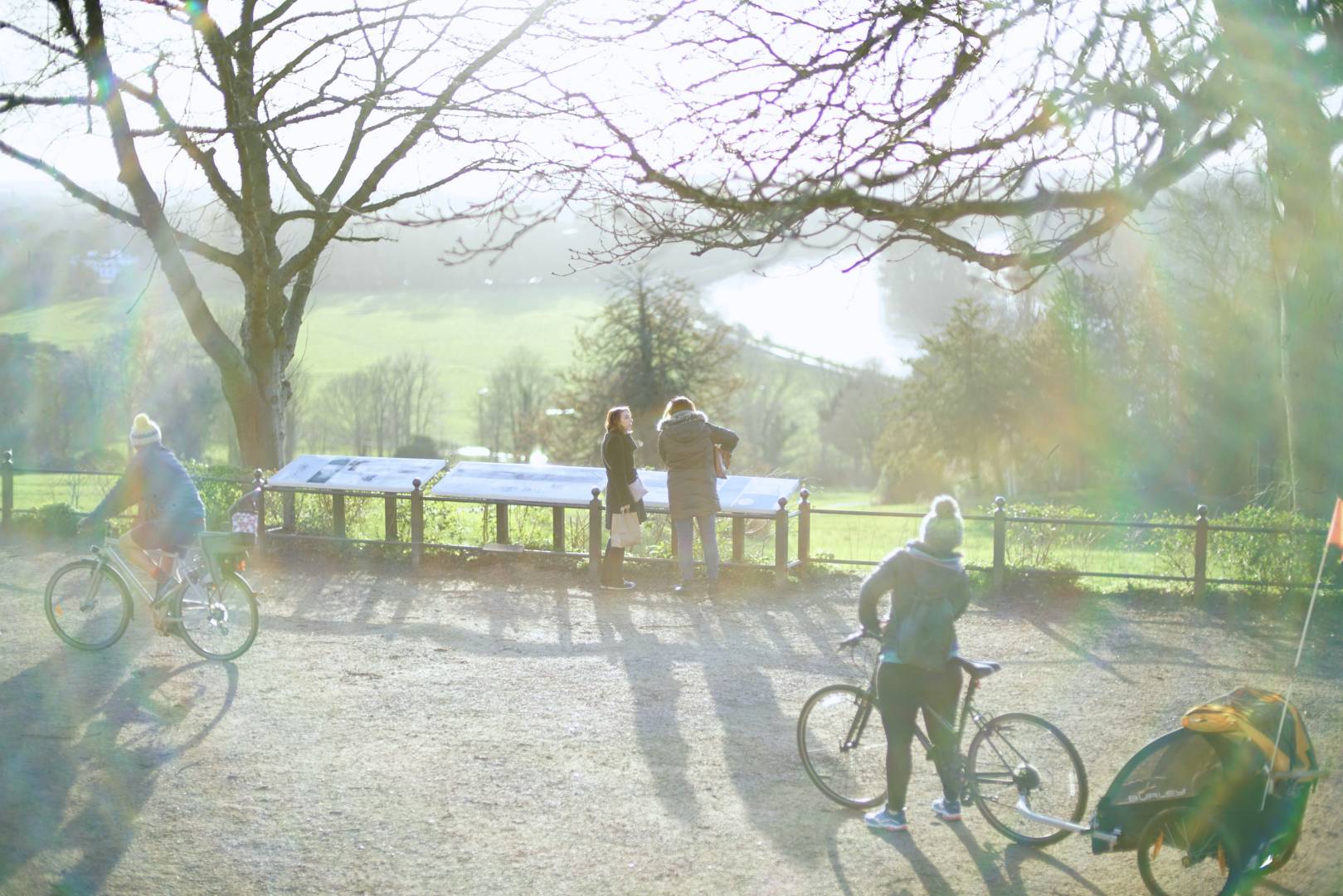

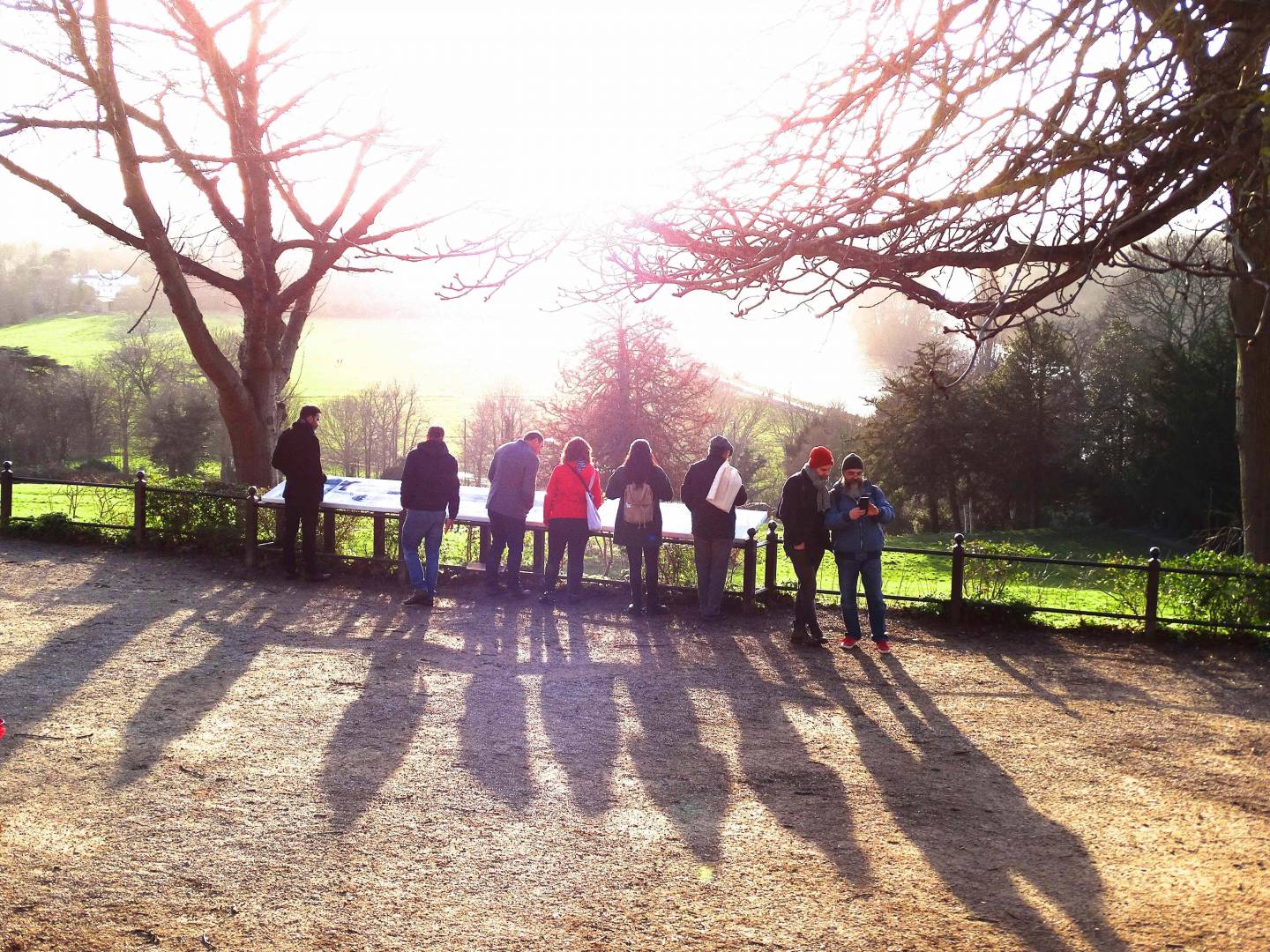
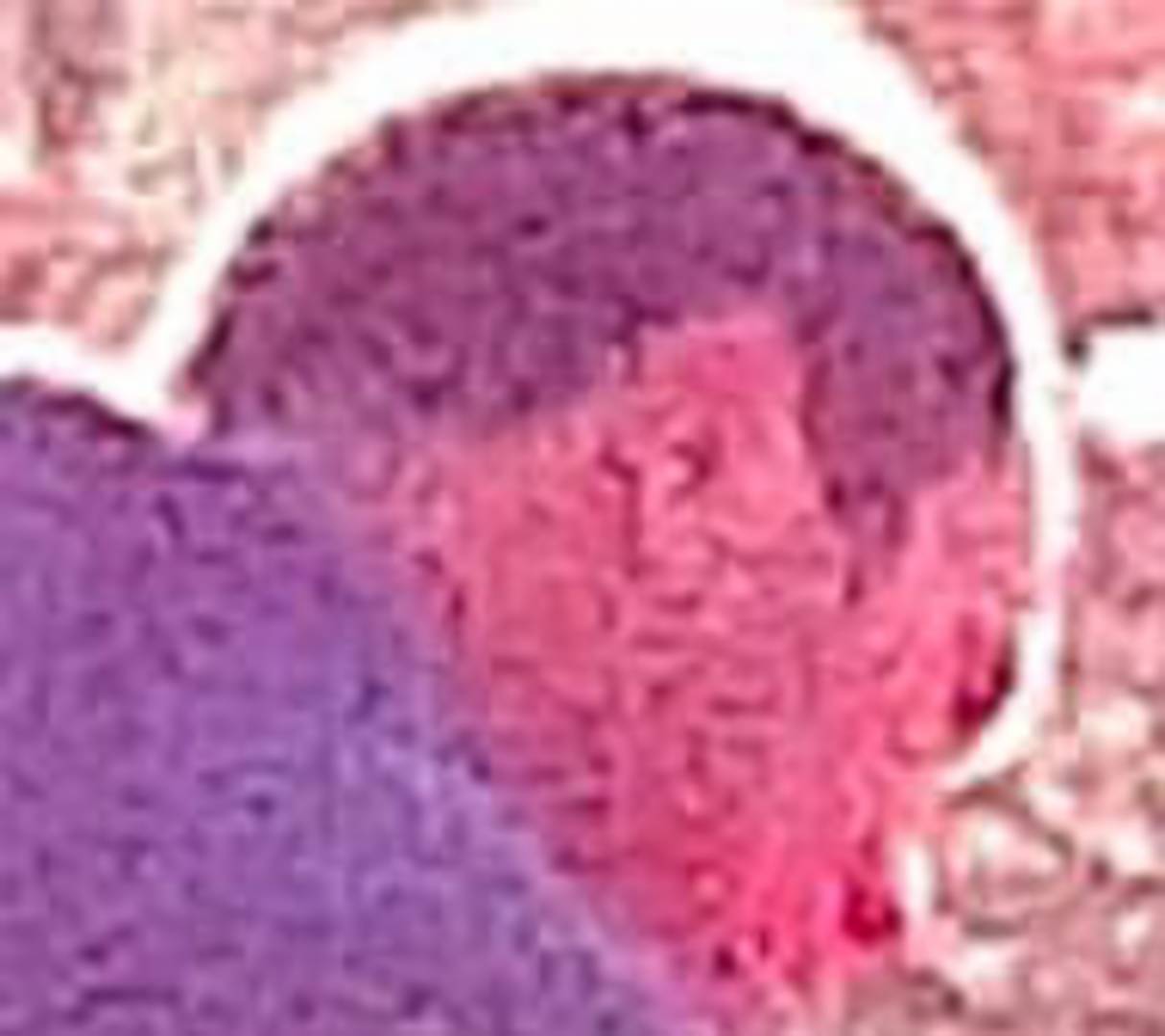



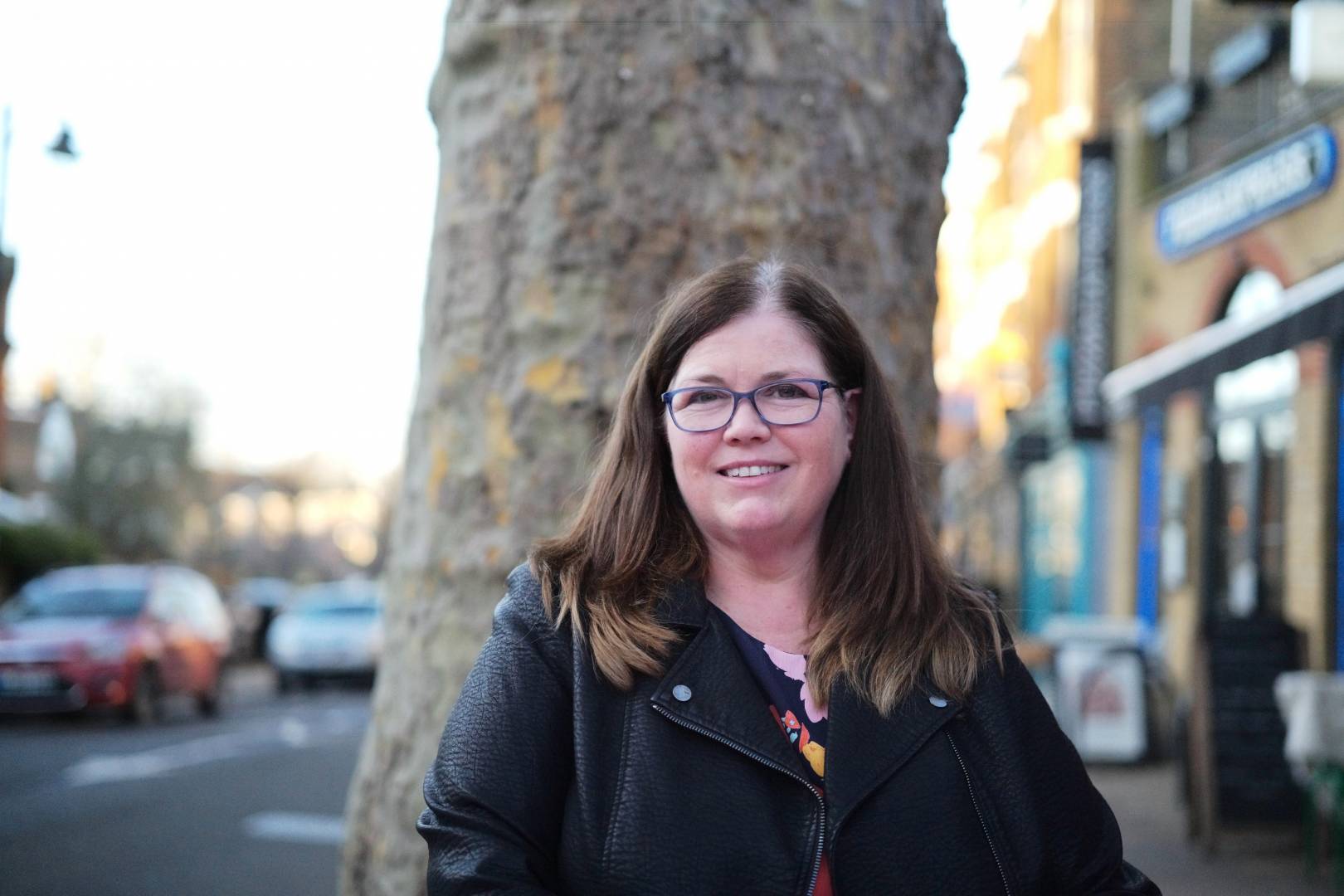
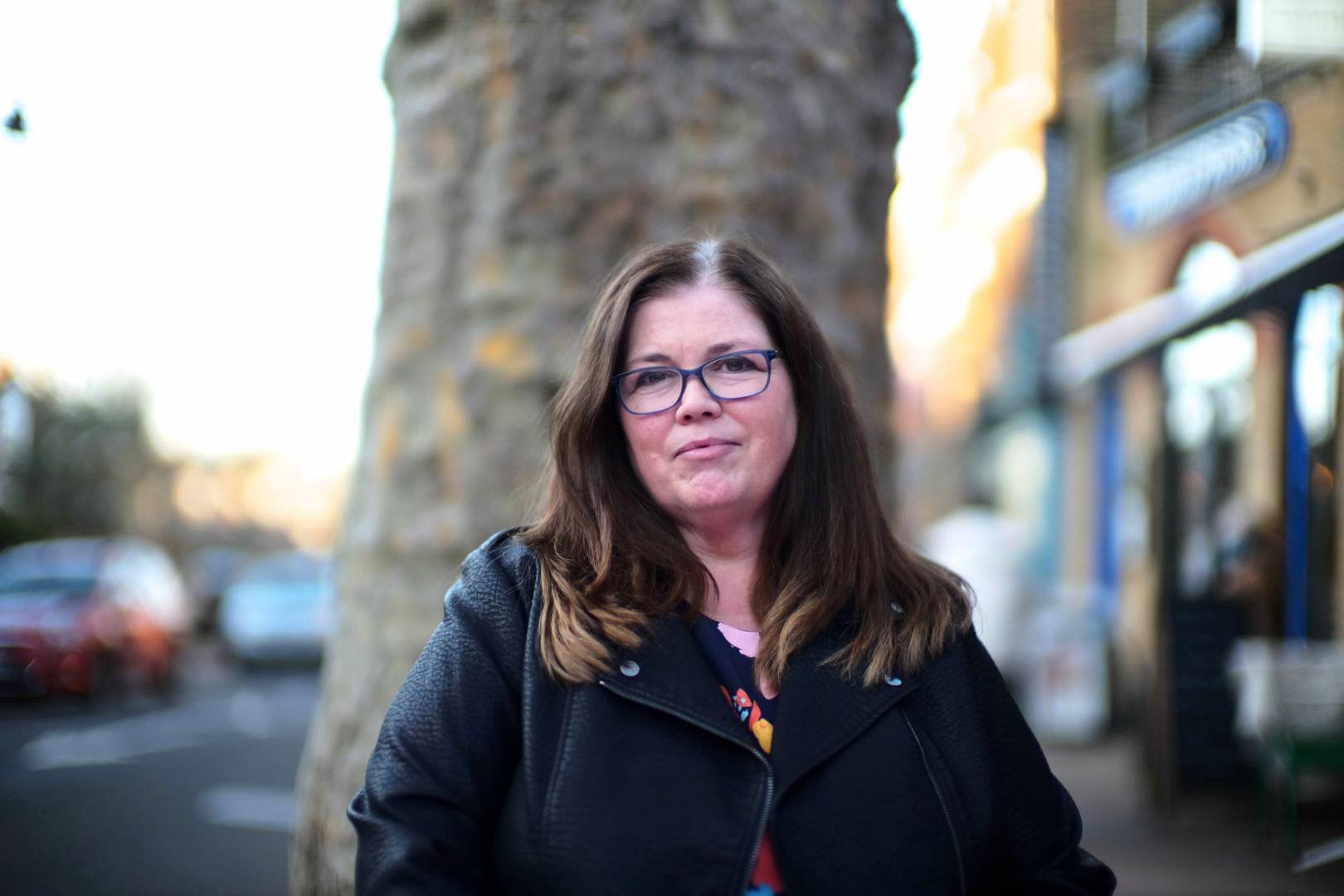

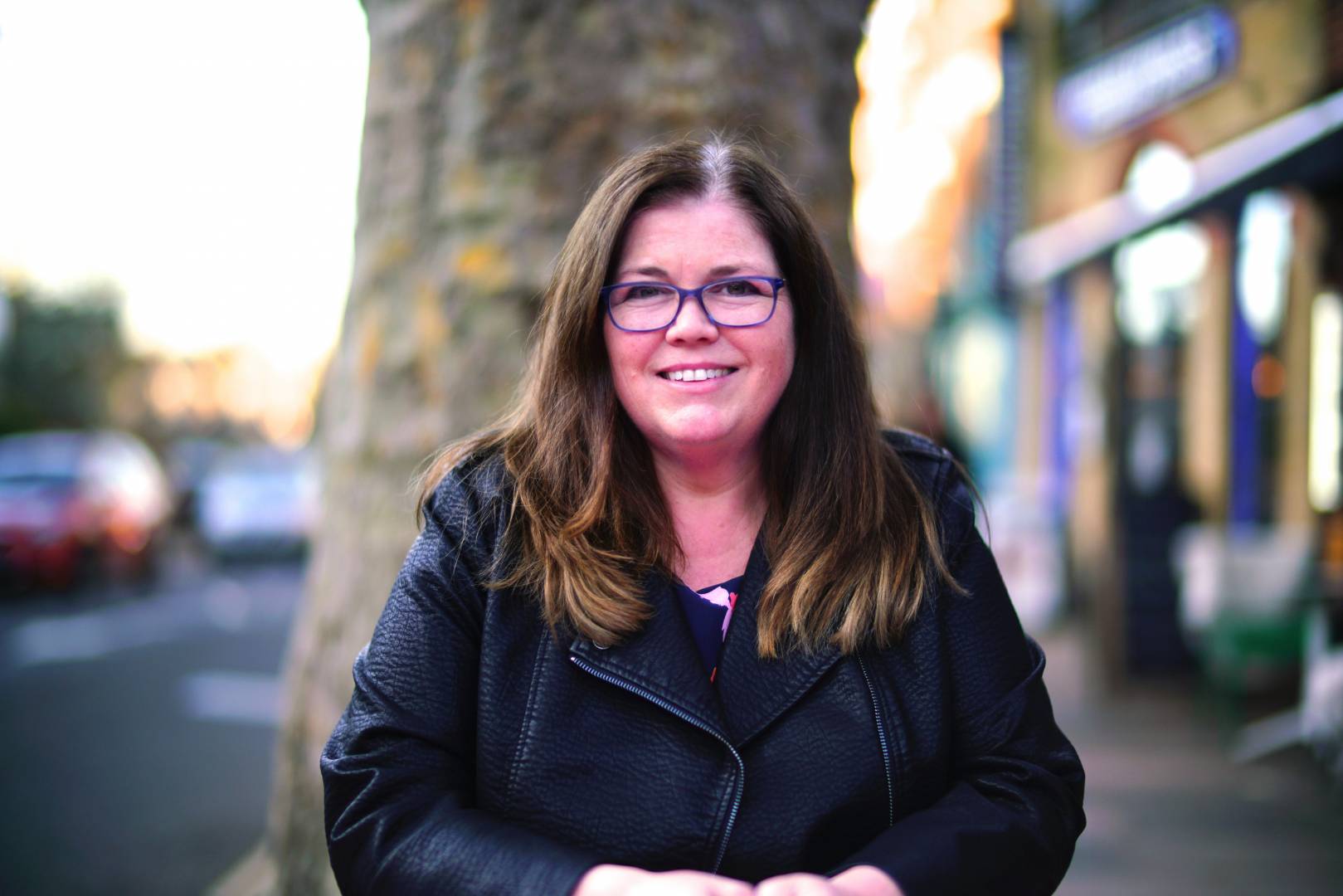

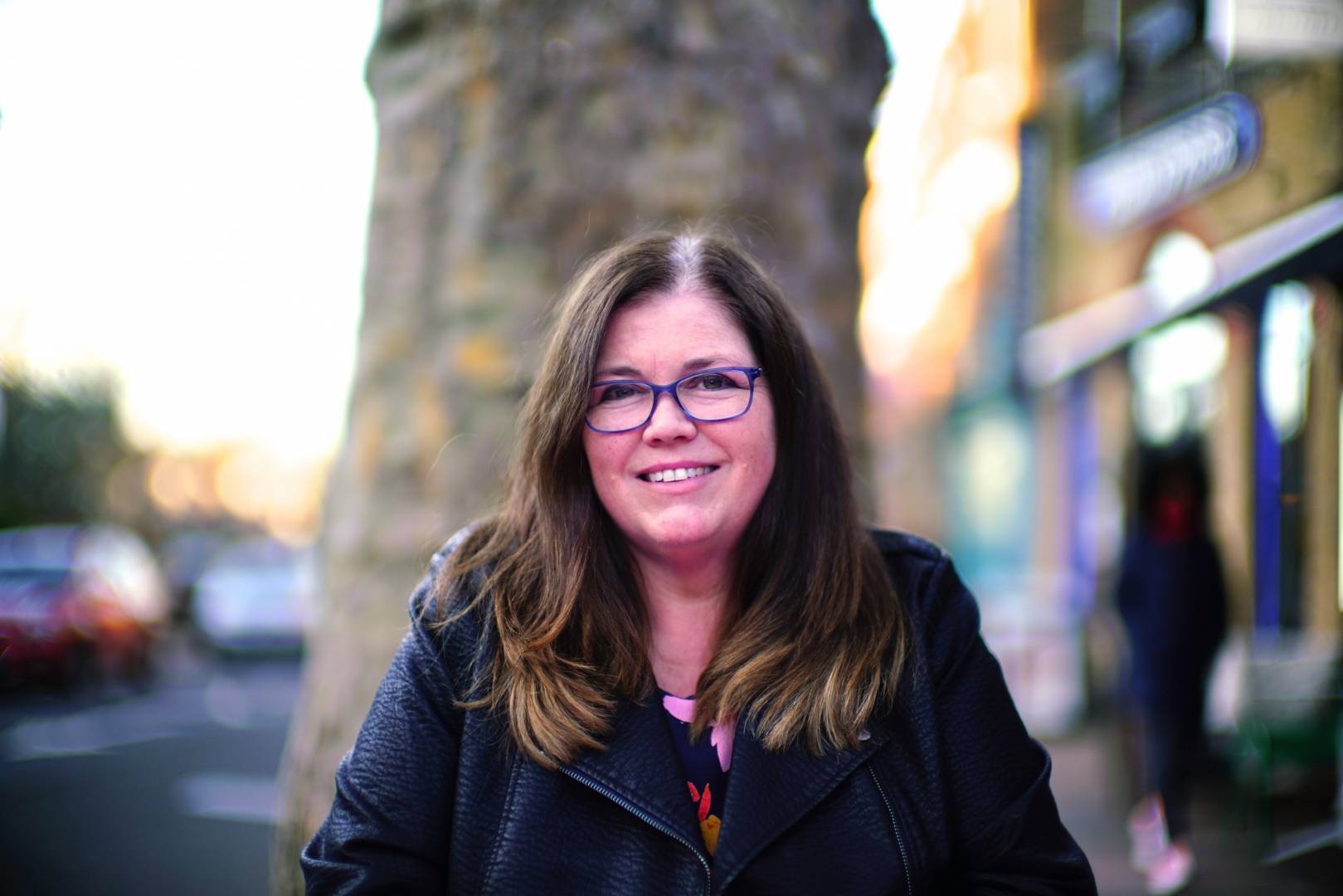
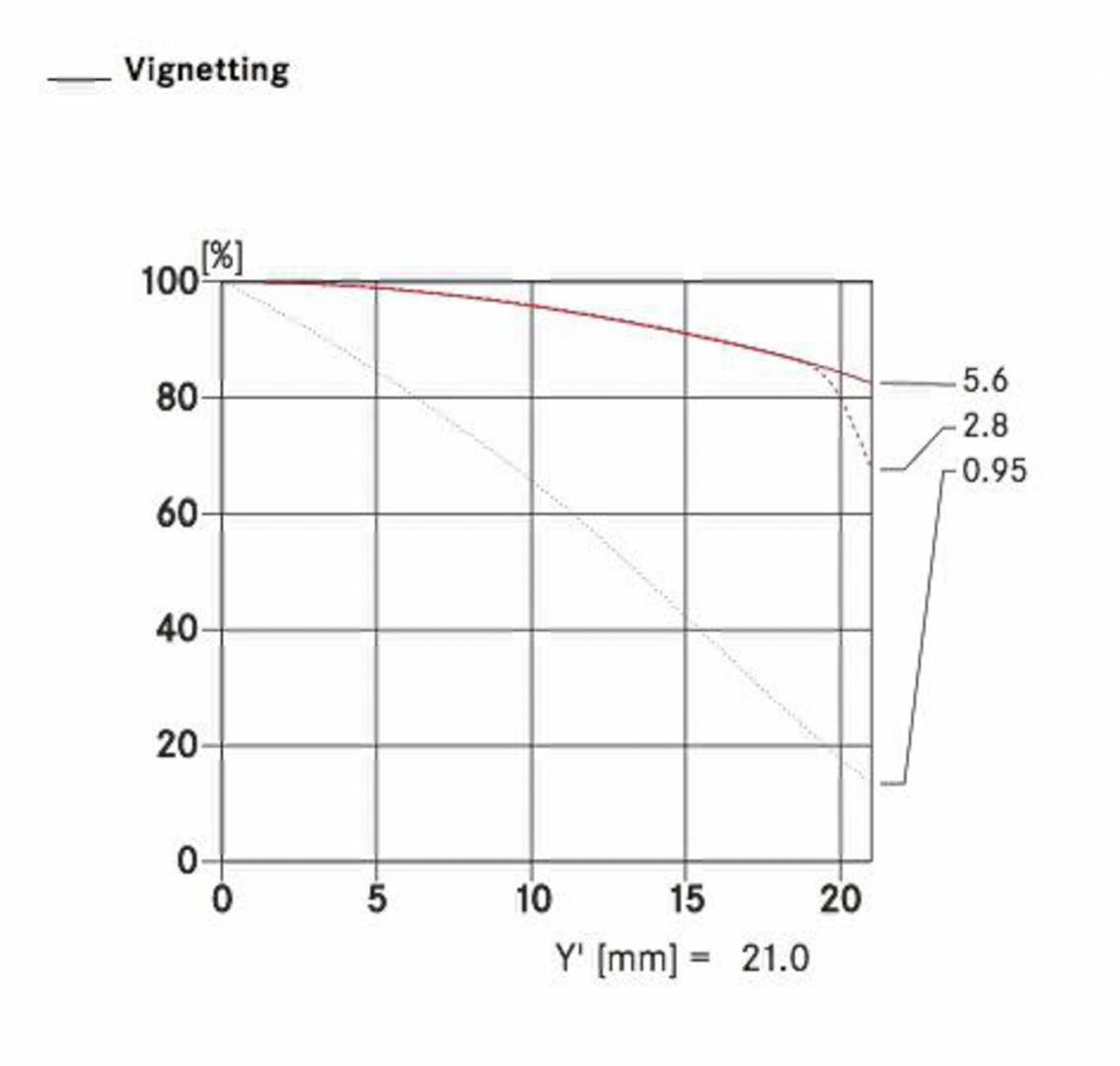
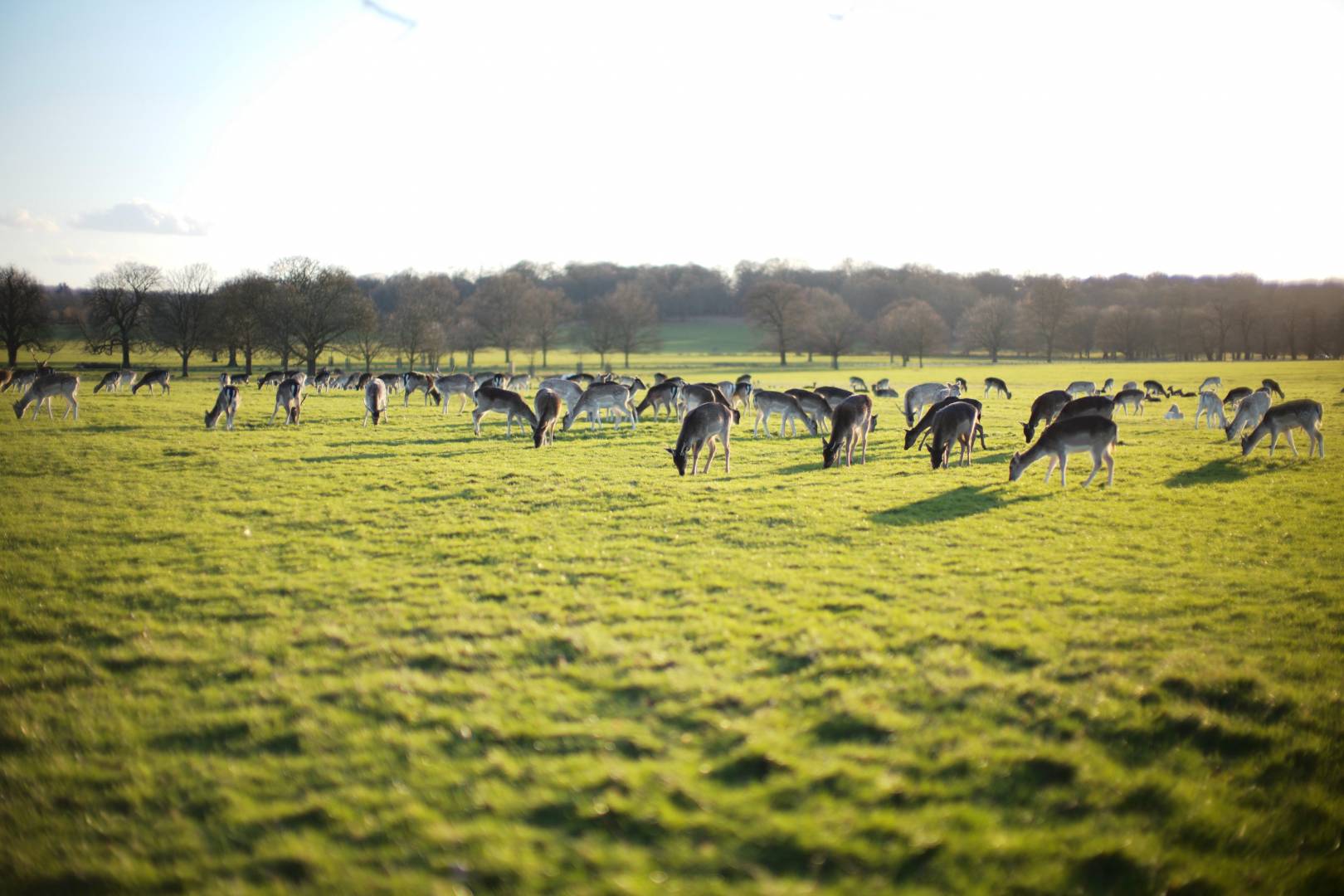

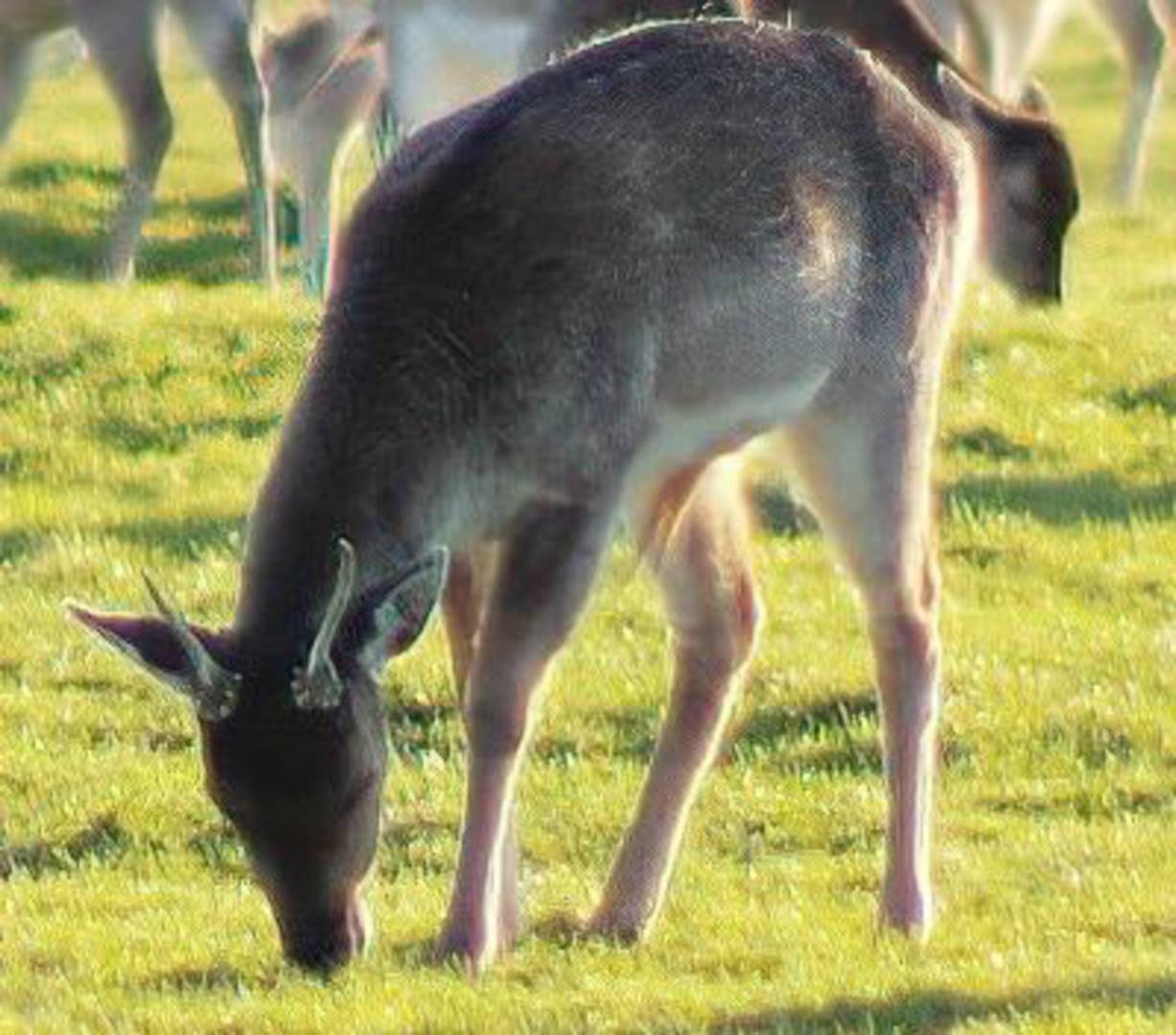



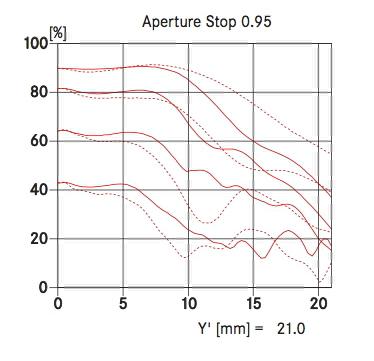
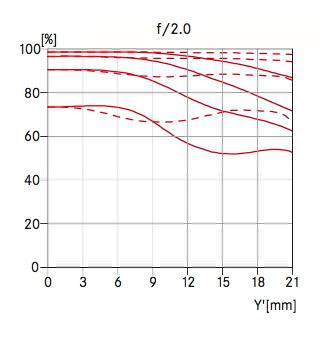
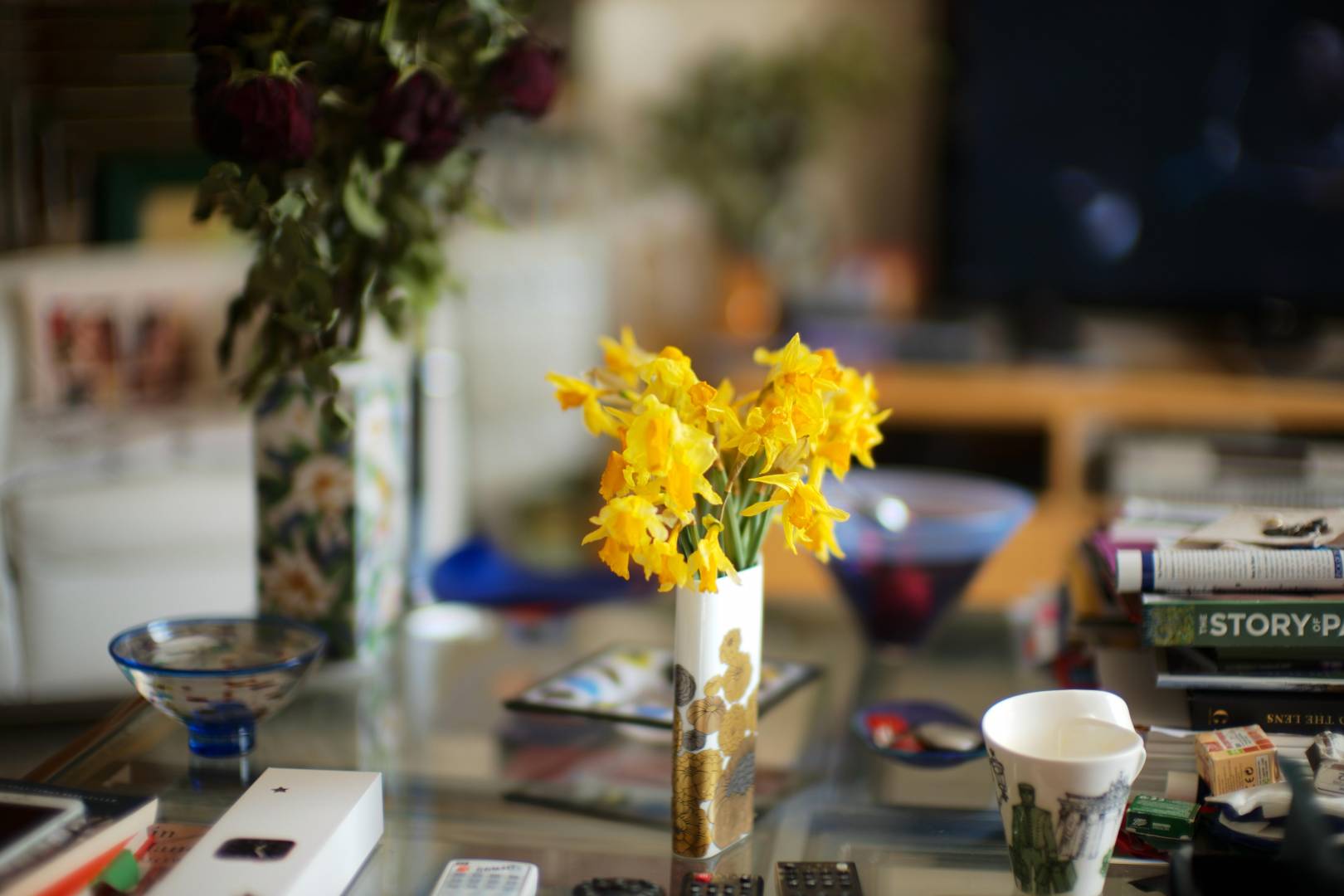






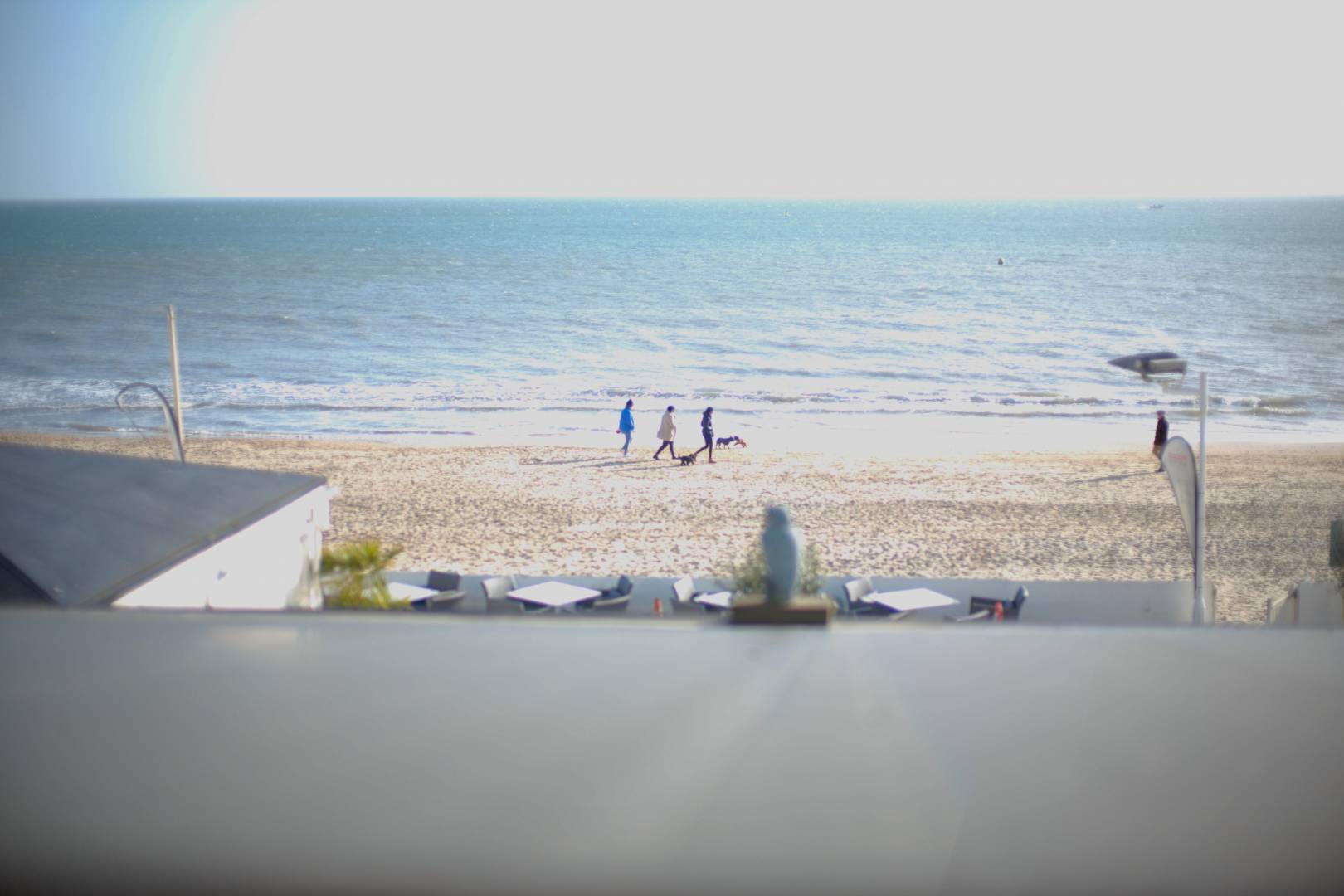
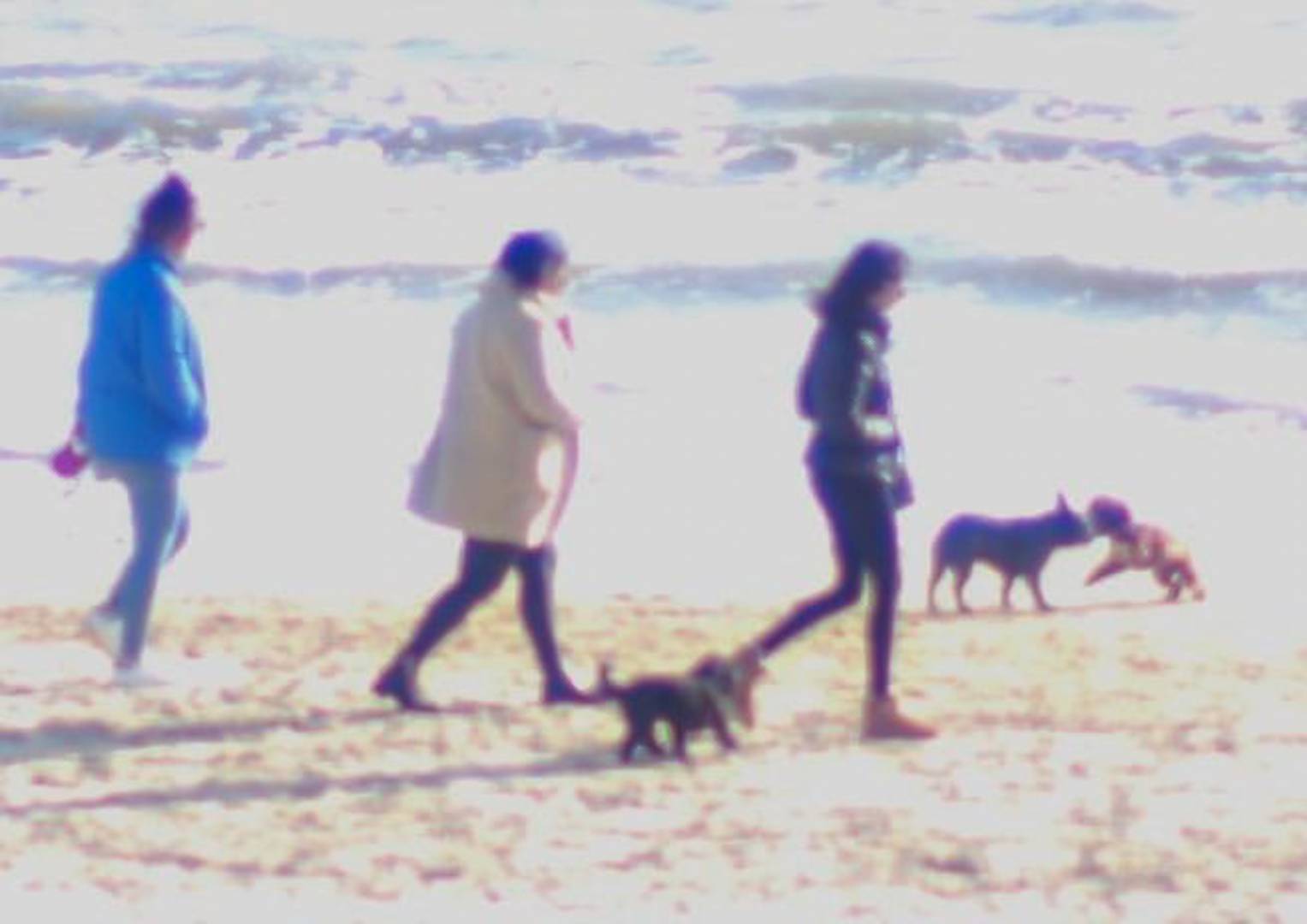


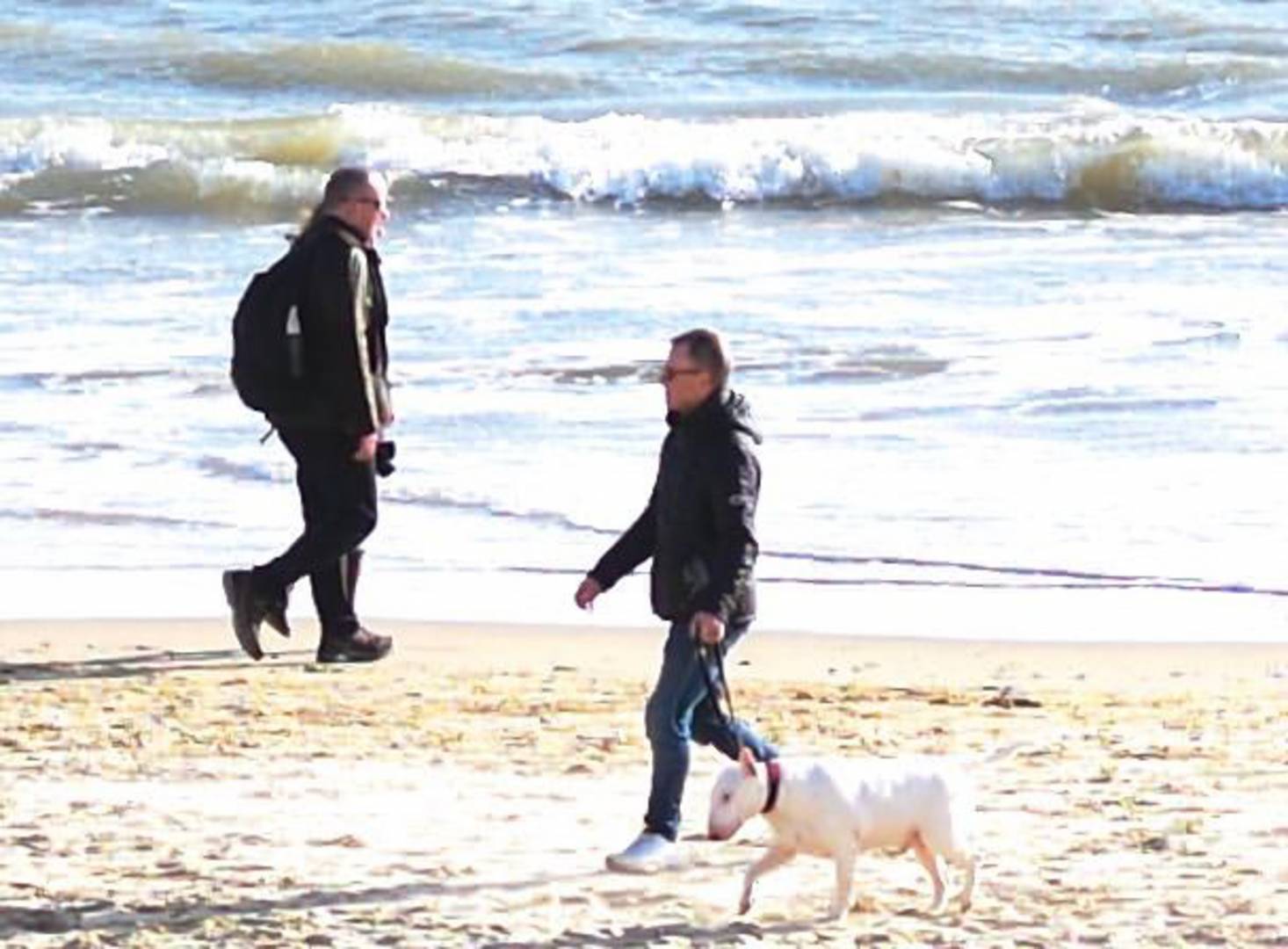
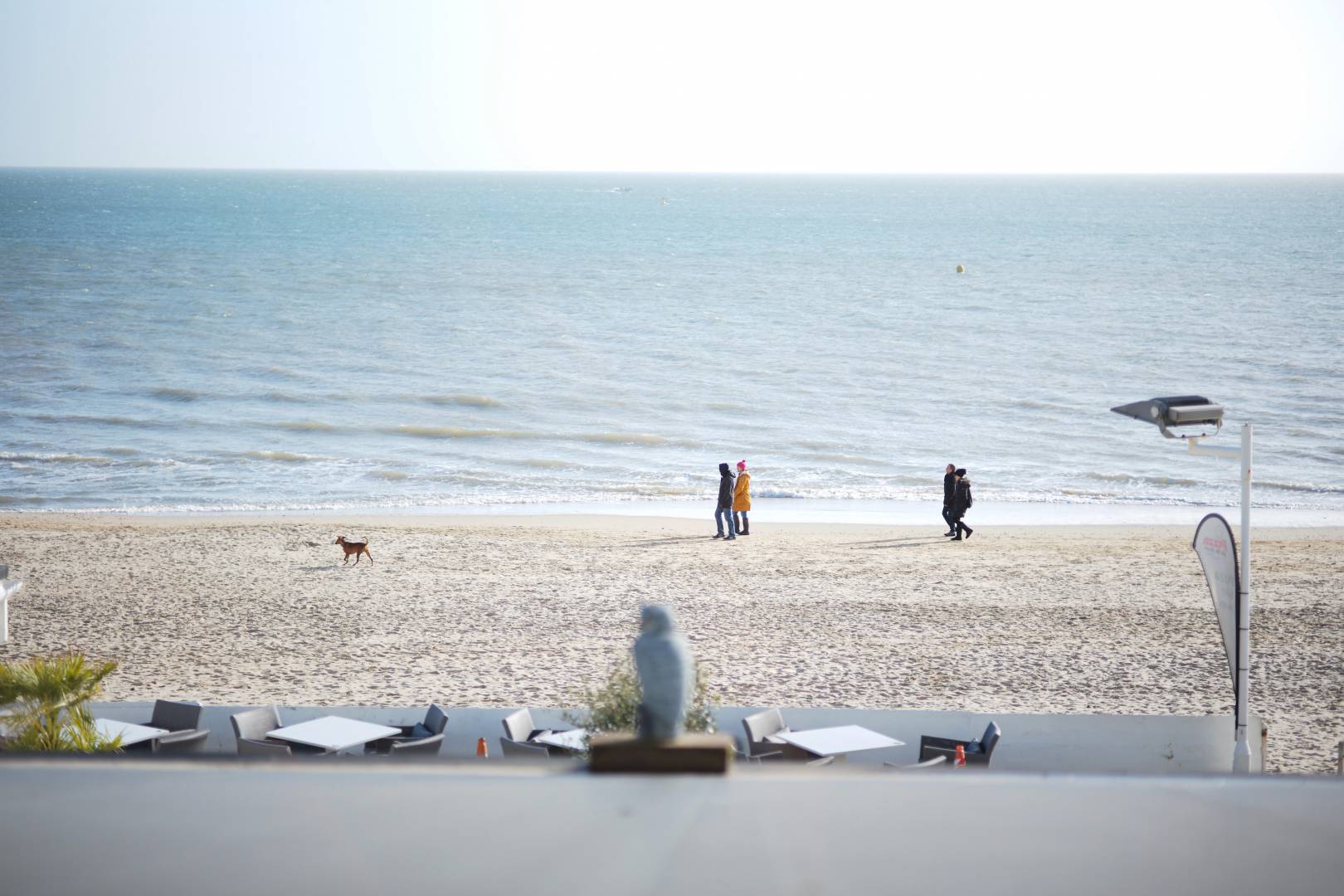

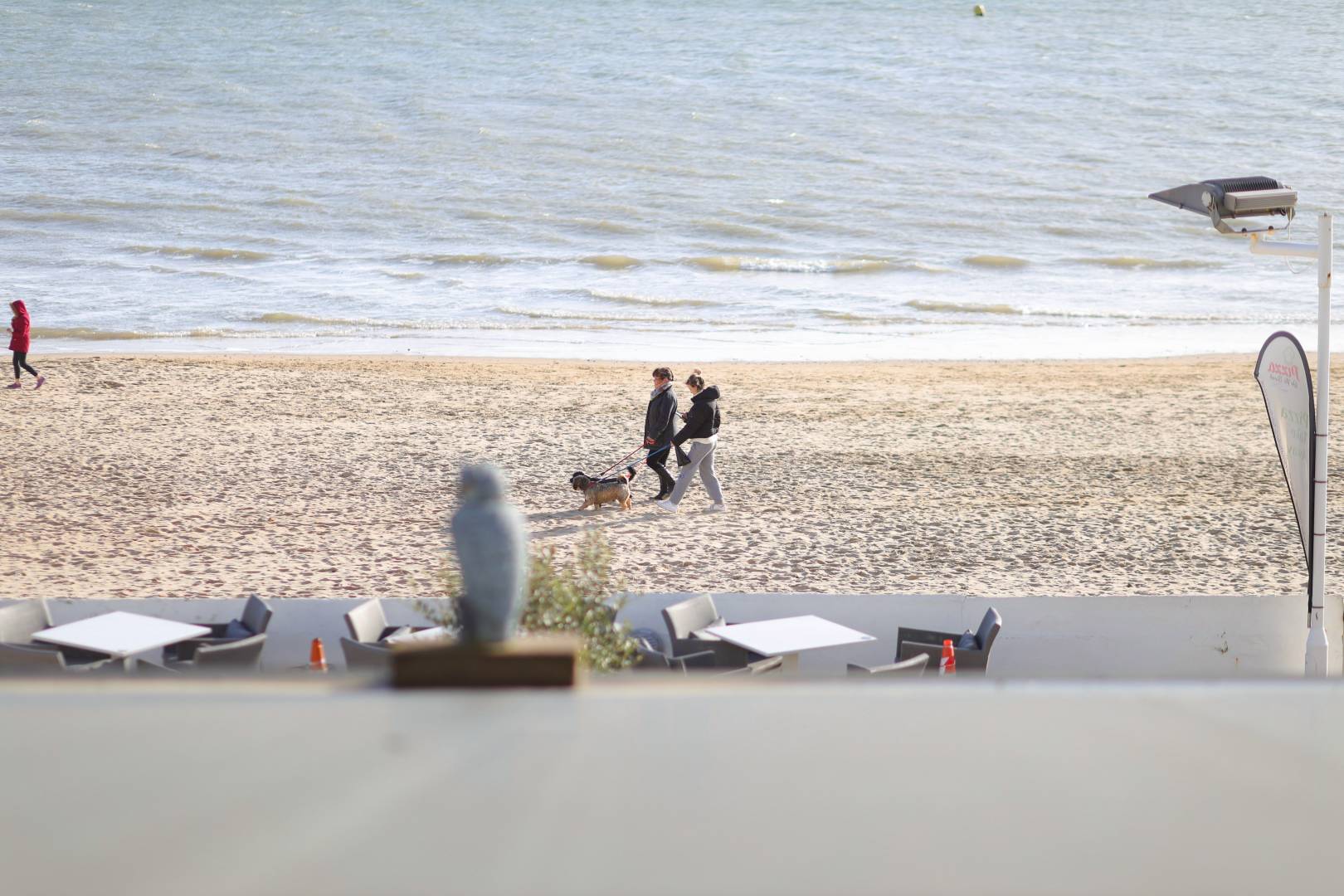


In the last 25 years I’ve owned all the lenses mentioned in this article, plus some lenses well known for their bokeh which haven’t, eg, the Nikon Noct 58/1.2, Nikon 58/1.4g, Olympus Zuiko 50mm f/1.4 and Helios 44M 58mm f/2, and others. I’ve used many of these professionally as a wedding photographer. This article REALLY misses the whole point of owning a Leica rangerfinder and a noctilux lens. I would say that of ALL the cameras and lenses I’ve owned, the Leica M (now M11) is the mosst enjoyable to use and to have with you at all times. And that, my friends, is the point. The joy of owning, of using and of viewing the results. Any rational arguments for and against are arbitrary and ultimately meaninless – because for every plus argument, you could counter a negative argument. Most people who argue against Leica cameras sound bitter. Most people who argue for them sound brainwashed. I could say that the Leica rangefinder was designed for stealth and to have you at all times, and that this design principle has not changed over the last hundred years and is what makes them magical. I could say that I can focus faster with a rangefinder than I can with most autofocus lenses. I could say that a Leica m11 and a 35mm summicron lens is the best walkaround combination in the world, and when you put on the noctilux 50/0.95 you have one of the best portrait lenses in the world. But I would just sound brainwashed. It doesn’t mattter really. Enjoy life with a Leica or without one. That’s the point.
I agree with most of what you say. There is no fathoming the pleasure of owning a Leica lens rather than a cheaper alternative. Some of just enjoy having the best. This is an old article and, I suspect, was written rather tongue in cheek. Generally here on Macfilos we are supporters of Leica and its products.
The polar opposite to the fawning love of the noctilux type review but just as totally useless.
Simply a bitter diatribe of hatred with no balance at all.
Waste of 5 minutes of my life.
You’re missing the point. You don’t buy a leica because it’s SOOO MUCH much better. You buy it because you’re rich as ***, and you can afford the best, you want the best, the money doesn’t matter to you and you have literally no reason to compromise. It’s the same reason you buy a McLaren with every single part carbon fiber – it costs 20k more per part, it doesn’t save you more weight than not having a passenger sit in the car, but why not get the very best thing possible? You will never really be happy with it.
Note this is only true for people who are rich as ****, which is who 9.5k lenses are made for. Anyone not rich as **** would be a fool to even consider it, and anyone who is rich as **** doesn’t care about the price.
I’ve had a Nocti F1 on my SL which worked quite well. None of the RF calibration issues when focusing. I loved the rendering and I did feel something special was injected in the images I took with it. However, I ended up parting with the Nocti. It is a bit of a special occasion thing. A classic car you take out of the garage every once in a while. But I found the cost too much for it to play that niche role in my gear setup. So i sold it. Still have regrets every now and then…. I did a write up on my blog: https://www.erwinhartenbergphoto.com/post/the-magic-of-the-leica-50mm-noctilux
Thank you for writing such an easy-to-read article. As a novice photographer, I especially appreciate you defining photography-specific terms in simpler terms — this greatly increases the accessibility and efficiency of the topics and arguments being presented.
I don’t have the energy to compose a lengthy response other than to say that you have completely missed the point of a RF Camera and the look you are trying to get when you pay $12700 for a lens… it’s not about accurate reproduction of a scene, as it is about blending the light in such as way as to get magic. The critical ingredient needed for such magic is a wizard… the Noctilux isn’t for every “photographer” … it’s for the very few who can use it.
I have to say I’m not sure that I actually get this comparison.
Yes, I have 100/2 lenses as well as 50/1.2 lenses and they might have the same level of background blur (or I also had a 135/1.8 which demolished backgrounds), but with the different field-of-view they are completely different to use in practise so looking them from a “real-world” perspective, they shouldn’t be compared like this.
I have the Summilux 75/1.4 and the Canon 85/1.5 and once again, and even just that 10mm drift in focal length does make a noticeable difference.
Yes, the Leica lens does cost several times more than the Canon, but they way I see it, it also produces very different looking images, and it handles differently. Focusing turns together with the aperture, 1m minimum focus distance as opposed to 0.7m, etc.
They are both fast short telephoto lenses designed for rangefinder lenses that gained a new lease of life on modern digital cameras, but they are still very much different lenses overall.
Yes, in some rare instances there might be some other lenses that provide sort of a similar look, but it is not nearly the same in my opinion.
If someone does not see anything special in Leica lenses, that’s fine (just don’t look at these examples to judge it).
Same with the focusing, who cares if there are many mis-focused images.
For many people, taking a bunch of shots with the eye-focus in modern cameras may lead to mediocre shots as opposed to one or two more special ones where one really had to pay attention to take it.
When someone tries hard enough, it usually pays off. If you look for some other examples, you might agree that this also very much applies to the Noctilux-M 50/0.95 ASPH lens.
Nicely put together, David, and as a former noctilux very late v4 owner I agree with the majority of your opinions about the noctilux. It didn’t take me long to dislike the lens and, as the majority of noctilux owners eventually do, I sold it for an absurd amount of money to someone who subsequently complained to me that it was ‘soft’. My main issue was not so much with lack of definition in the images, as you so profoundly illustrate here, but more to do with the ergonomics and the reality of using a lens that is, essentially, a heavy and slow-to-operate one-trick pony for one-trick photography. You don’t need to spend £8600 to be a one-trick photographer. Everything else the noctilux can do, other than suck in light at f1 or f.95 for a swirly and vignetted out of focus background, there are cheaper options that can do it better. For many Leica M photographers, a noctilux is an aspirational lens. Those who do aspire to owning one should definitely try a noctilux first. Unless pride of ownership is the more important factor, of course.
having used all three, 1.4 lux asph, f1 and currently the .95, i can say that i am really enjoying the .95. my hit ratio is almost 90%. in fact i enjoy it more than the other two lenses. the short focus throw is just right for me to get the right focus. It is a flexible lens for me personally that i can use it for indoor events with dim lighting, portraits and also as a normal street/landscape lens (of course stopped down as needed ! ) recently i have added the vario grad filter for extreme bright situations when i want to shoot wide open. it works well. of course other lenses that cost less could give the same results, for that matter most Leica lenses stopped down to f5.6 give great results and often indistinguishable. .95 is indeed a great tool for certain type of photographers or professionals who want to have the flexibility and also create a bit of magic wide open.
Interesting notion but a pretty crappy logic and examples.
Overgaard uses the Nocti to create beautiful photographs. In your article there isn’t a single example of a photograph so it does not matter what you use – the results are pretty crappy. If this is the kind of photography one aims to achieve you don’t need a camera at all. Any cell phone will produce the same imagery.
If you wish to convey and prove your thesis, that you can achieve critical photography with a lens 38 times cheaper you should perform a proper comparison using great images.
Overgaard is an artist and he needs the right tool for his art.
Most of the people buying the Nocti are less concern with the price. Most of Leica lovers are generally less concern with the price. You should know that owning a Leica is something that cannot and should not be quantified and the classical tradition of spending logic. And thank God for that or we’d all be using the same cheap cameras.
People use what they love as they should.
A Leica camera deserves a Leica lens and thankfully there are other great examples from Leica that are equally good and not nearly as expensive. Compare apples to apples.
No one buys a Mercedes Benz to stick a Honda engine in it, although you can make the argument that the Honda engine will perform similarly, or be more reliable, economic, etc.
This needs a major rethink and rewrite.
Thanks for your comments, Miki.
The photos in the article are not meant to show ‘artistry’, but to show some facts about the Noctilux 50 ..that, for example, it can – along with other lenses – give severe flare; that – unless accurately matched to the individual camera that it’s used on – it may not focus correctly at f0.95; that other lenses can give pretty much identical out-of-focus ‘bokeh’ while being smaller, lighter and cheaper.
You say that “..Overgaard is an artist and he needs the right tool for his art..” but I would say he’s a businessman, and shoots photos to publicise his courses. He has plenty of technique, but I don’t think I’ve been moved by any ‘artistic’ content in any of his very technically-capable photos.
You say, too, that “..owning a Leica is something that cannot and should not be quantified..” as if there’s some mystique to owning or a using a Leica. But I don’t think there’s any more unquantifiable mystique to owning, or using, a Leica than to owning or using a Diax, or a Bakelite Brownie, or a Holga or a Sony. They can all deliver great or poor photos. As I think Ansel Adams once said “..The single most important component of a camera is the twelve inches behind it..” and there’s no more something unquantifiable about a Leica, I think, than about a jar of peanut butter ..if you like peanut butter. Some people enjoy the workmanship, or ‘fit-&-finish’ of a Leica ..some people just like having a feeling of ‘exclusivity’ ..of owning something that some other people can’t afford ..as if that makes them a better photographer somehow.
“People use what they love as they should” ..yes, I agree; but I don’t think there’s sense in being attached to a label, a brand name ..one can love and use whatever suits ..and that may turn out to be a ‘Speedmaster’ just as much as a ‘Noctilux’, whereas some people love and swear by the tiny MS Optics 50mm ‘Sonnetar’ f1.1, but I think it’s awful.
“..A Leica camera deserves a Leica lens..” ..but several Leica lenses over the years have actually been other manufacturers’ lenses: those Super Angulons, for example, or the Xenon or Hologon lenses were really Schneider or Zeiss lenses. But saying that a Leica camera “deserves” a Leica lens is a bit too much anthropomorphising for me: a Leica is a metal box, and any glass you put on the front is just that; glass. And when Leitz didn’t have the expertise, or capability, to make their own lenses, they bought them in from Zeiss, for example. And also had Minolta make their SLR bodies and the ‘pocket-sized’ CL. D’you reckon the (film) CL “deserves” Leica lenses, or does it deserve Minolta lenses?
“..No one buys a Mercedes Benz to stick a Honda engine in it..” ..no; that would take a fair bit of perverse engineering to match one to the other, but you can buy a Cessna with a VW or a Porsche engine in it ..they’re quite interchangeable (and put Porsche or VW motors in each other’s rear-engined cars). The Bristol car company used to – maybe they still do – use Chrysler engines in their cars.
I prefer to mix’n’match to find out what works best for me. I sometimes put Kodak or Ilford – or Efke or Kentmere or ‘Lomography’ – film in a Leica. I don’t insist on putting Leica-brand film into a Leica-brand camera (..there isn’t any). Is it a Leica-brand sensor inside a Leica camera? No; the sensors have always been bought in from other manufacturers, as are the electronics ..just as the ‘Leicameters’ were bought in from Metrawatt. And the flashguns from Metz. Did Leitz make their own shutter-curtain material? ..No; that was bought in, too.
“This needs a major rethink and rewrite.” Maybe you were expecting it to be something different. It’s just an assessment of how various different lenses perform at full aperture; mainly at f0.95, but also at f1.2 and some at f2.
Lenses are tools meant to produce art. I hope you can agree with that. Too many of you “gear experts” keep publishing opinions without ever producing a single great photograph.
When you’re ready to step up to a Noctilux because your art requires it, all the technical drivel does not matter. You need the tool or you don’t.
And until one produces a consistent body of work one should not be commenting on tools which sole purpose is to produce said work.
I realize that Overgaard’s business is workshops and publications, but at least he can back it up with his work. Very few others, who publish gear reviews can do the same and thus I can’t take their writings seriously.
My humble opinion.
Fair comment, Miki.
Thanks for taking the time to put all this together, David.
A couple of observations on first reading –
Every camera system has a lens or two that just seems to make you go “wow”. Like they have metaphorical “pixie dust” sprinkled in them that gives a look to a photo that you can’t quite explain in empirical terms. The Olympus 75mm is one such lens . I recently added it to my camera bag and can strongly recommend it to any MFT user.
I found the distinct colour signature of the various cameras really interesting. The Sony in particular gave a much more ruddy look to the skin tones in its rendering.
You can get the same amount of blur in photos using different lenses, but the look of said blur isn’t necessarily the same or equally pleasing. This of course is entirely subjective and hinges on each viewers preferences. It may also hinge on print/viewing size. For me, I’d never be able to justify a ten thousand dollar lens. Ever. But for others, they may see something in their results that makes it worth every penny. There’s no right or wrong, we simply make our choices. And as you’ve shown, every camera system offers us plenty to make.
Jason, you’ve summed up in three neat paragraphs what it took me a whole article, and three dozen pictures, to write!
Using a RF requires both (1) enough repetition to be to develop a proficient technique and (2) enough practice /usage to retain that proficiency . Your analogies all point to routine levels of proficiency . Try hitting a golf ball or for that matter any ball ..tennis ,baseball …without practice .
My comment about using the Noctilux on a current M is a point of view ….its too difficult to achieve and maintain a decent hit rate . There are better alternatives available today .
Keep in mind its your article that complains about a lack of focusing accuracy ..if you can t focus the Noctilux then its not a good choice .
Er, Roger.. I wrote that it wouldn’t focus accurately – or that particular example of a Noctilux wouldn’t focus accurately – on the particular cameras on which I had it ..when using RANGEFINDER focusing.
But I did focus accurately with it when using the add-on electronic ‘Visoflex’ ‘Live View’ finder on the M10-P.
So forgive me if I’m wrong, or if I didn’t write clearly enough, but I’d thought that I did say -repeatedly – that the particular Noctilux which I was using did need to be matched to the particular M body (or bodies) which I was using it with, so that its rangefinder focusing would be accurate. I had no trouble focusing it using ‘Live View’.
I also pointed out that I had no trouble – when rangefinder focusing – with other M-fit lenses, such as the 50mm Apo, or the rangefinder-fit Canon or Voigtlander lenses, for example. I don’t have problems using rangefinders; I’ve been doing that for many years.
The problems with this Nocti which I tested were ..to put it simply, and as I think I did mention:
(1) It wasn’t matched to these particular cameras on which I used it as a RANGEFINDER lens (but it worked reasonably with the Visoflex, and also with the Techart adaptor on a Sony A7RMkII);
(2) It worked “reasonably” (with the Visoflex, and the Techart) at f0.95, BUT – as the charts showed, and as the comparisons with the ‘Speedmaster’ showed – it wasn’t particularly crisp, sharp, contrasty or without flare at its max aperture (f0.95) ..which is the aperture a customer would pay to use it at! (Sorry; a preposition is a word one should never end a sentence with!)
I don’t think that “proficient technique” was any part of the problem; my overall opinion was – and this surprised me! – that the lens is rather over-rated for what it does, and that other lenses can deliver similar results ..no matter whether rangefinder-focused or Visoflex-focused.. with less bulk, less cost, and are more easily obtainable.
I’m sorry if the message didn’t come through properly!
Hi again, Roger..
“..The missing observation should be ..its too much work to stay proficient at using a RF..” ..but why should one have to work at it? D’you mean something like “it’s too much work to stay proficient at using a stick shift (manual gear shift), or double-declutching (with manual gearboxes)?” I’d say the opposite; it’s like learning to ride a bike: when you’ve got the hang of it, the method sticks, and you can ride any bike.
Once you get the hang of overlapping two images, then you can use any rangefinder (Leica, Konica, Canon, Zorkii, FED, Contax, Diax, you name it), or so it seems to me. That’s my experience. Once you get the hang of using any SLR, you can use any SLR. Once you get the hang of driving a car, you can drive any car (though the pedal positions may be different, and the gear change, too).
Once you get the hang of, say, focusing upside-down, then – I think, anyway – you can use any ‘field’ camera, or monorail or 8″x10″ camera. Once you get the hang of turning left to follow anything moving right (..sounds daft, doesn’t it?!..) then you can use any 6×6 look-down-into-the-finder camera, whether it’s a Hasselblad, Rollei, Kowa or Seagull.
Once you’ve – or I’ve – got the hang of a computer keyboard, or typewriter, or smartphone keyboard, one can use any of them, without having to consistently practise.
But taking good photos ..we-ell, I think that does need consistent practice! I’m with you there!
The myth is that any photographer can pick up an M body and have meaningful comments about RF focusing . The missing observation should be ..its too much work to stay proficient at using a RF .
While RF focusing is weak ….RF composition and framing is excellent . Using an EVF with a Manual focus lens can be very precise ..but very clumsy when composing anything off center .
But regardless of the technology it takes real practice to consistently achieve sharp focus the using any lens wide open .
I enjoy the Noctilux on my SL/SL2 or CL or GFX bodies – the real ‘myth’ is the head in the sand Leica M users and rangefinder focusing. OF course there are many lenses and systems that can deliver similar OOF renditions to the Noctilux – a simple reference to DOF charts will provide even more examples for those so inclined.
I don’t really understand the point you are really making though- since the same arguments can be used to point out the ‘too expensive for what you get’ argument on any lens from any manufacturer?
Hi Peter,
“..I don’t really understand the point you are really making though- since the same arguments can be used to point out the ‘too expensive for what you get’ argument on any lens from any manufacturer?”
Sorry; maybe I wasn’t clear enough! It wasn’t so much a ‘too expensive for what you get’ argument, so much as a ‘many other options for similar, nice out-of-focus blur’ argument; not necessarily cheaper options – though that’s a part of it – but also smaller and also lighter, and less cumbersome options.
The cheaper ‘Speedmaster’ is just as bulky and just as heavy (..but giving pretty much indistinguishable-from-the-Noct results..) but the Voigtländer 75 f1.5 is not only cheaper, but is also much smaller and very much lighter.
I was trying to make all those points: other, cheaper, smaller, lighter, lenses can give easily-comparable results. I’m sorry if I didn’t make those points really clear!
No need to apologise – very fair review- you are just underlining (perhaps) the relative extremes people are prepared to pay for something different – which can be replicated by all sorts of other things (sort of, nearly, kinda…) – I think the Noctilux is a wonderful lens on an SL and even better on and SL2 – on an M – it has (relatively) low utility if one is interested in any sort of image that requires quick and accurate focusing.
Some of the lenses you mention ( and others you don’t) evidence more of their limitations on an SL2 – everyone parses their preferences through both camera system and lens combination. eg the Voigtlander fast lenses all evidence levels of chromatic aberration and weird fringing – that makes them unusable (to me) in too many shooting circumstances….
Thanks for your review
Pete
Lets speak to focus on a RF camera ….I ve used the Noctilux lenses on M bodies since 1975 . Skipping past the film days to digital M s . Calibration requires a perfect match between the camera RF and the lens cams . You can not achieve this by testing a single lens on multiple M bodies . In fact the Noctilux may not be truly interchangeable across multiple bodies ..unless all are calibrated to exactly the same standard . The Noctilux lens specification was established for film and places the acceptable range of focus near the rear of the camera specification . Add in that the flange to sensor distance changed between the M8 and the M9 and it not unexpected that lenses this fast don t match current M bodies . You have one to solve this force the calibration of the M bodies and the lens to current specifications AND then as a final test use the Noctilux and the camera body to verify focus . I worked on this problem with both Leica NJ back in 2009 and DAG . Most users sent both body and the noctilux to either Leica or DAG and had the focus calibration precisely matched . PART ONE of why you are not getting precise focus . PART TWO involves really understanding how to use a RF camera …in short it requires practice and self testing . With todays EVF alternatives ..you should skip the effort and frustration and go with a magnified view .
Hi Roger.. “..The Noctilux lens specification was established for film..” ..yes; see how much better the result is on film, in that first b&w photo at the top of the article.
“..the flange to sensor distance changed between the M8 and the M9..” ..and, as you’ll know, the thickness of the infra-red filter on the sensors changed between the M8 and M9, so it’s not surprising that the the flange to sensor distance would have been re-optimised.
“..Most users sent both body and the noctilux to either Leica or DAG and had the focus calibration precisely matched . PART ONE of why you are not getting precise focus..” ..yes, I think I mentioned that a precise match is really important.. “..PART TWO involves really understanding how to use a RF camera …in short it requires practice and self testing..” ..well, doesn’t everything? ..I was lucky; I had a tricycle before I moved to a bicycle.
Nice piece David, thanks.
In my case as a poverty stricken sickie, I frequently look at the l39 lenses from Nikkor or Canon, indeed my favourite lens is my Nikkor 5cm f2 (coated), which is not far off seventy years old.
Being a bit of a film nut, I have been thinking about adding a Nikon FM3a, or perhaps an FM2, which I have already owned in the past. These cameras are peanuts beside any contemporary Leica, and as you point out, this Japanese glass is very good and reasonably priced. A good one of the former can be had for less than a grand and the latter, less than a monkey.
What is more, the Nikon coatings are almost indestructible and along with the ones you mention above, they are derived directly from the Zeiss designs that the US extracted from Zeiss at the end of the war, like the Sonnars and Planars, whose imperfect prewar designs have a habit of creating beautiful snaps, notwithstanding my cack-hands.
I call it character 😎.
I doubt whether Thorsten is unaware of this since in the early days, he used to shoot a lot with the 50mm rigid Summicron, I suspect he may be selling to what Mr. Rockwell calls “the Leicaman”.
KBO.
Hi Stephen, “..my favourite lens is my Nikkor 5cm f2..” ..how odd; I’ve never got on with that, and always found it unaccountably ‘annoying’ somehow: maybe it’s the weight of it (heavy), or maybe it’s the very long ‘throw’ ..the amount of turn to focus from infinity to 1.5 feet ..the throw seems – to me – to be all wrong.
But on the other hand, one could say that makes its focusing so very much more accurate ..at short distances anyway, (I have one in my hand right now!) ..in comparison to the shorter throw of the Canons – and their greater distance between aperture stops – the Nikkor has a longer throw between distances, and a very much shorter twist between apertures ..and almost no distance between f-stops at the f8, f11 and f16 end!
But each to our own! And who cares what I think; it’s YOUR satisfaction which is important for you! (..And regarding Nikon SLRs, I really like the lightweight “plasticky” Nikon EM!)
Hi David: Isn’t it a game of two halves?
My rangefinder cameras, do not focus any nearer than about 3 feet, and Nikon helpfully installed a detent at that point. The whole useful focus area is managed by around a third of a turn of the relevant control.
The rest is a free gift, should I ever decide to go mirrorless again.
What I am currently really irritated by is that my MD (262) has got a little hair on the sensor, and Leica has shut its services down for some reason, I didn’t get this sort of thing with the M4 which I swore I would never sell, until I did. 😁
Rubber squeezy blower? ..Very soft camel-hair brush (with no loose hair)? ..Gentle sensor swab?
Don’t forget to reveal your sensor before you attempt to clean it!
There is no method (available to the user) to do this, unlike my MP 240.
Otherwise I wouldn’t have mentioned it.
Won’t stay open for 60 seconds on ‘B’..? ..Not enough time to use a blower? [I suppose too old to use with Fotos app to choose, say, ‘Sensor Cleaning’ in the (otherwise invisible) Menu.] Can’t trick bottom-cover-switch with pen or magnet for battery release halfway through ‘B’ exposure? ..No; 2nd shutter probably releases on battery power removal.
Remove/blend/retouch offending hair in iPhoto/Photoshop/Graphic Converter/etc. afterwards? ..Take pictures with camera upside down? Open shutter with ‘B’ with sensor pointing downwards and sharp air blast from camera-cleaning compressed air can?
Hair may have come from tearing out your own. Soothing meditation? If not, soothing medication?
Hi David, I agree with your article in general. One point that is important is that rangefinder and lens can be perfectly calibrated but any slight movement after focus, including a hard press on the shutter button, can move the paper thin focus plane of fast lenses including f/1.4. Common techniques to mitigate are to take multiple pictures while moving slightly forward and backwards after focussing. And forget about focus and recompose. This is also a problem for autofocus lens-especially the focus and recompose.
I rarely shoot my fast glass wide open unless on very stationary subjects due to the poor success rate. I also, personally, do not enjoy sharp eye portraits but the nose is very blurred.
As for the Leica 50 0.9, it does have a unique rendering that some people love but I generally do not like the bokeh in very busy backgrounds such as grass, bushes, trees. The Leica Summilux 75/1.4 has a family resemblance to the 50/0.95. I owned it for about a month and absolutely loved some images and absolutely hated the swirl in the out of focus background in a lot of images. I quickly sold it and the new owner proudly sent me his favourites and I nicely did not tell them they were not my cup of tea. Anyway, we all have choices. Unfortunately, some people incompetently pursue fast expensive glass thinking that they will get better pictures when really they do not need anything faster than f/2.8 to f/4 and they just need to get more competent with what they have. I know I made this mistake in the first 10 years of my photography journey. Not even medium format solved my problems – but it did magnify my lack of skills!
“..Common techniques to mitigate are to take multiple pictures while moving slightly forward and backwards after focussing..”
..mmm, but I don’t like to do that: I like to take individual photos, so that each is, if you like, a separate “event”. (Perhaps it comes from being brought up on film, when – in the days of 127, or 120 film [..this is like the days of 78 gramophone records, isn’t it?..] – you had only, say, 12 pictures you could take on a roll, so you had to make the most of each, and not fire off three or four in the hope that maybe one of them might be sharp!)
“..This is also a problem for autofocus lens-especially the focus and recompose..” ..oh; I don’t have that problem: if I hold my finger down halfway on the shutter button (after focusing), the focus stays fixed – even if I ‘recompose’ – until I squeeze it the rest of the way down. I’ve never had a ‘focus & recompose’ problem using autofocus. How weird.
I guess you are in the blessed top 0.01 percentile that can recompose a paper thin depth of field by moving camera perfectly perpendicular to the subject. However, I unfortunately am not blessed to be in that group.
I also prefer to take singular images mages coming from Kodachrome 25 days but I have different techniques than moving slightly forward and back.
Anyway, if you do not have a problem then I am happy for you.
One other point on 50mm versus longer focal lengths is that the perspective is different and the wider 50mm will keep the background looking further away – less compression – and show more background environment which is desirable in many images. So it all comes down to what do you want your image to look like.
Ooh, er.. I think we’re going to get into a (hopefully not heated?) discussion about this, Brian!
I’ll just quote Wikipedia, though -https://en.wikipedia.org/wiki/Perspective_distortion_(photography) and you may like to read it yourself when you’ve a spare half hour or so – the thing is, it’s not a lens which charges a photo’s perspective, but it’s the distance at which one uses the lens ..ANY lens.
Here’s that quotation (3rd paragraph down that Wiki page): “Note that linear perspective changes are caused by distance, not by the lens per se – two shots of the same scene from the same distance will exhibit identical perspective geometry, regardless of lens used”.
We tend to shoot closer with a wider-angle lens, unless it’s a landscape photo – for example, with a 50mm instead of a 75mm – which makes the thing we’re shooting ..say a face.. much closer to the camera than the background is. That’s why, as you say, “..the wider 50mm will keep the background looking further away”.
The lens doesn’t alter the perspective – although it’s often described like that. It’s the distance at which we use a lens which, for instance, “compresses the background” ..if we shoot from further away, and so most things in the picture are at a fairly similar distance from the camera, then there’ll be less difference in relative sizes between whatever things we’re pointing the camera at, and the distance will look, as you say, “compressed”, meaning that faraway objects will look almost as big as slightly closer objects.
But if we go much closer to something with, say a wide-angle lens, so that a person’s face, for example, fills much of the frame, then the background does look further away ..because, relative to the face, it IS much further away!
Hard to believe, or to take in, at first ..but that’s how perspective works. It’s actually the photographer moving closer to, or further back from, whatever s/he’s shooting which changes the perspective! Strange but true, like cars don’t get smaller the further away they are; they stay the same size, but just looksmaller! (..No disrespect, of course, intended.)
Thanks for replying!
Here’s an afterthought, Brian ..those ‘daffodil’ photos (above) are shot with a variety of different focal length lenses: some are 50mm, one’s 58mm, and one’s 75mm. They’re all shot from the very same position and distance.
The relationship between the daffs and that out-of-focus white blurred highlight on the right (..you can see its position in the first, overall, photo..) doesn’t change in any of those pictures. The white blur doesn’t look closer, nor further away, in, say, the 75mm photo, compared with any of the 50mm – or the 58mm – photos.
The perspective doesn’t change with a different focal length.
What happens when taking a photo of, say, a person with a 150mm lens – compared with using, perhaps, a 40mm lens – is that one usually stands further back when using the 150mm (..I mention in the caption to the 75mm daffs picture that “..I couldn’t move further back; I was stuck against the wall..”) and by stepping back with a 150mm lens – compared with stepping closer to get plenty of the person in the frame when using a 40mm – so the relationship between the foreground (person) and background (beyond the person) changes, and that’s what alters the perspective.
(If I’d taken FROM THE EXACT SAME POSITION as the other pics a photo of the daffs with a 180mm lens, and also with a 25mm lens – assuming the 180mm would have focused that close! – those photos, too, would have shown the exact same relationship between the daffs and that white blurred highlight if I’d cropped them to the same central region (the daffodils) of the overall picture.
If the photographer changes their distance to whatever’s in the picture, then the perspective changes. If the photographer keeps at the same position, but changes lenses, nothing happens except that you get more in the overall picture when using a wide-angle (short focal length) lens, compared with getting less around the edges when using a longer focal length lens.
Try taking the exact same picture – of anything, as long as you don’t change your own position! – with a 24mm, a 50mm and a 90mm, and you’ll see what I mean.
All best wishes,
– David.
Fantastic read! Thoroughly enjoyed your views and intensive testing. I too have found that many Leica M camera bodies and lenses do not always match up well in focusing. One of the best ‘out of the box’ matched lenses I ever had was a $700 Zeiss 35mm f2 M mount. Images were sharper (because of accurate focusing with the rangefinder) than many of my expensive Leica lenses I own. And who wants to repeatedly send the camera and lens back to Leica to be matched up? Only to find that whe you are out and about and bump the camera, the two are back out of sync! Even Thorsten has admitted this has happed to him more often than not.
Keep up the great and practical reviews, we all need them.
Best regards,
Robert E
Oh, well ..what can I say? ..Glad you enjoyed it Robert!
David: An extraordinary piece of research — and confirms all my suspicions (and not just those about Thorsten). My own lack of worship of bokeh is no doubt the result of my professional work in architecture, so I’m entirely satisfied by the blurry backgrounds of my Pana-Leica 15/1.7 on the Pen-F, and the old version M mount 35/1.4 Summilux on my M10. You have however whetted my appetite to go after old Canon lenses – something Ive been promising myself to do for some time. Now housebound during the epidemic, I will have some fun on e-bay sleuthing.
Thanks again — and for your irresistible sense of humor in all your posts.
Glad to have whetted your appetite, Tony! ..But I wouldn’t really bother with the old Canon 50 0.95 (which I didn’t mention in the article) ..that’s much, much softer than any of those other lenses; it was a remarkable achievement in its (film) day, but just a curiosity today, rather than a useful lens ..in my opinion, anyway!